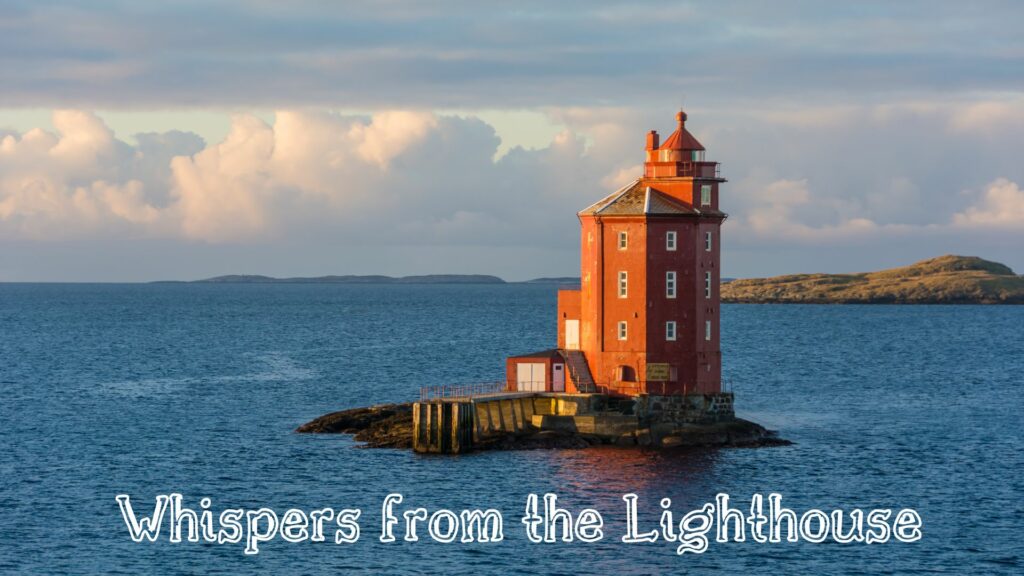
Lighthouses have long served as vital aids to maritime navigation, offering guidance to ships and ensuring safe passage through dangerous waters. From their early origins to modern-day advancements, lighthouses embody a rich history of technology, heroism, and cultural significance. This article explores the fascinating evolution of lighthouses, their role in navigation, the life of lighthouse keepers, their decline in the face of modern technology, and their preservation as historical monuments.
Throughout this article, click on any image to expand it for a closer and more detailed view.
A Journey Through History
Origin and Early Purpose
I remember the first time I saw a lighthouse up close. It was on a quiet afternoon, the air thick with salt and the sounds of distant waves crashing against the shore. Lighthouses have always fascinated me, not just because of their practical function, but because they stand as silent witnesses to the stories of the sea. Over time, I’ve come to realize that each lighthouse holds its own unique narrative, one that is shaped by the waves crashing against its foundation, the storms it’s weathered, and the human lives that have passed through its threshold. They are more than just beacons of light—they are symbols of resilience, solitude, and hope.
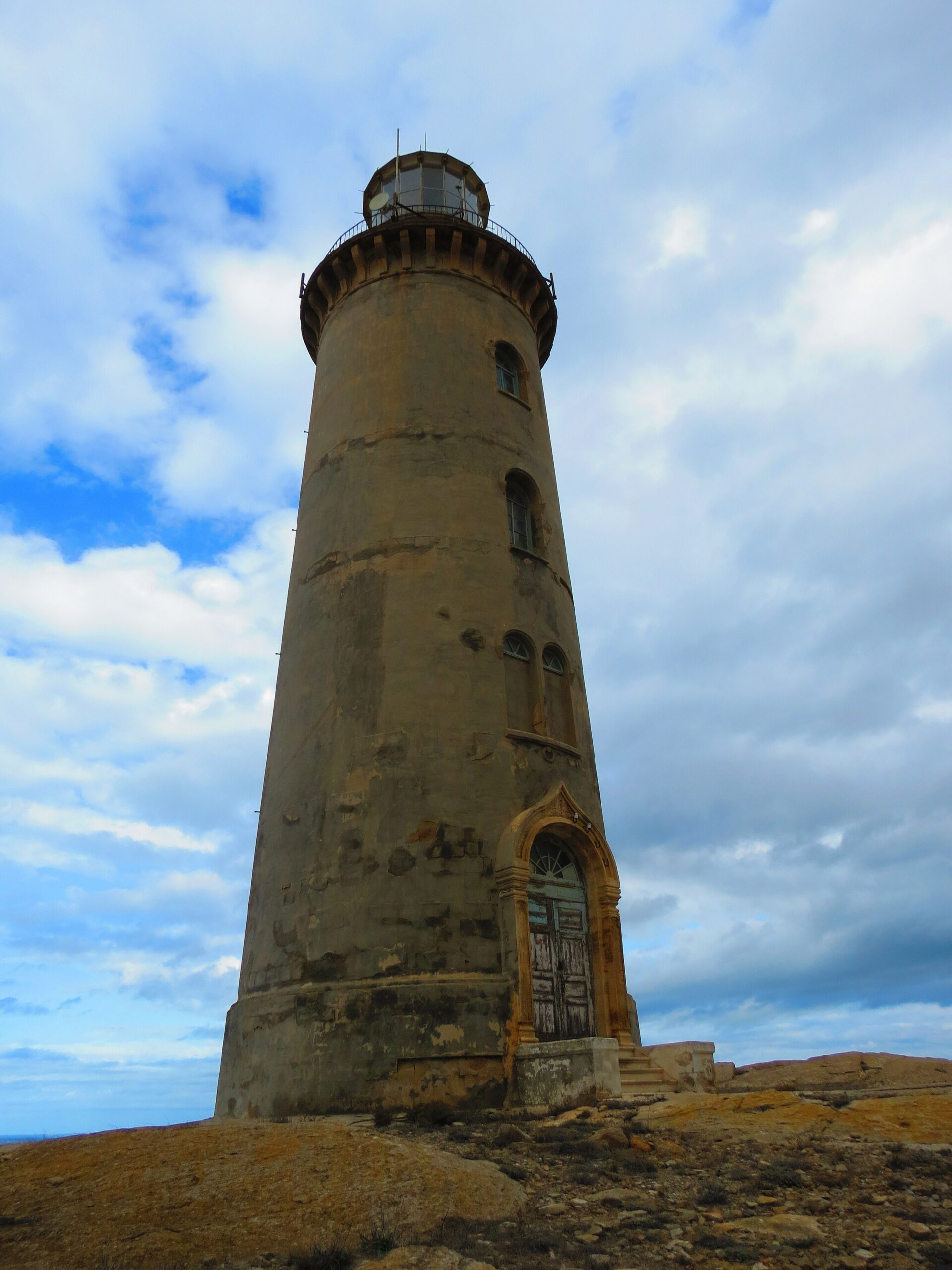
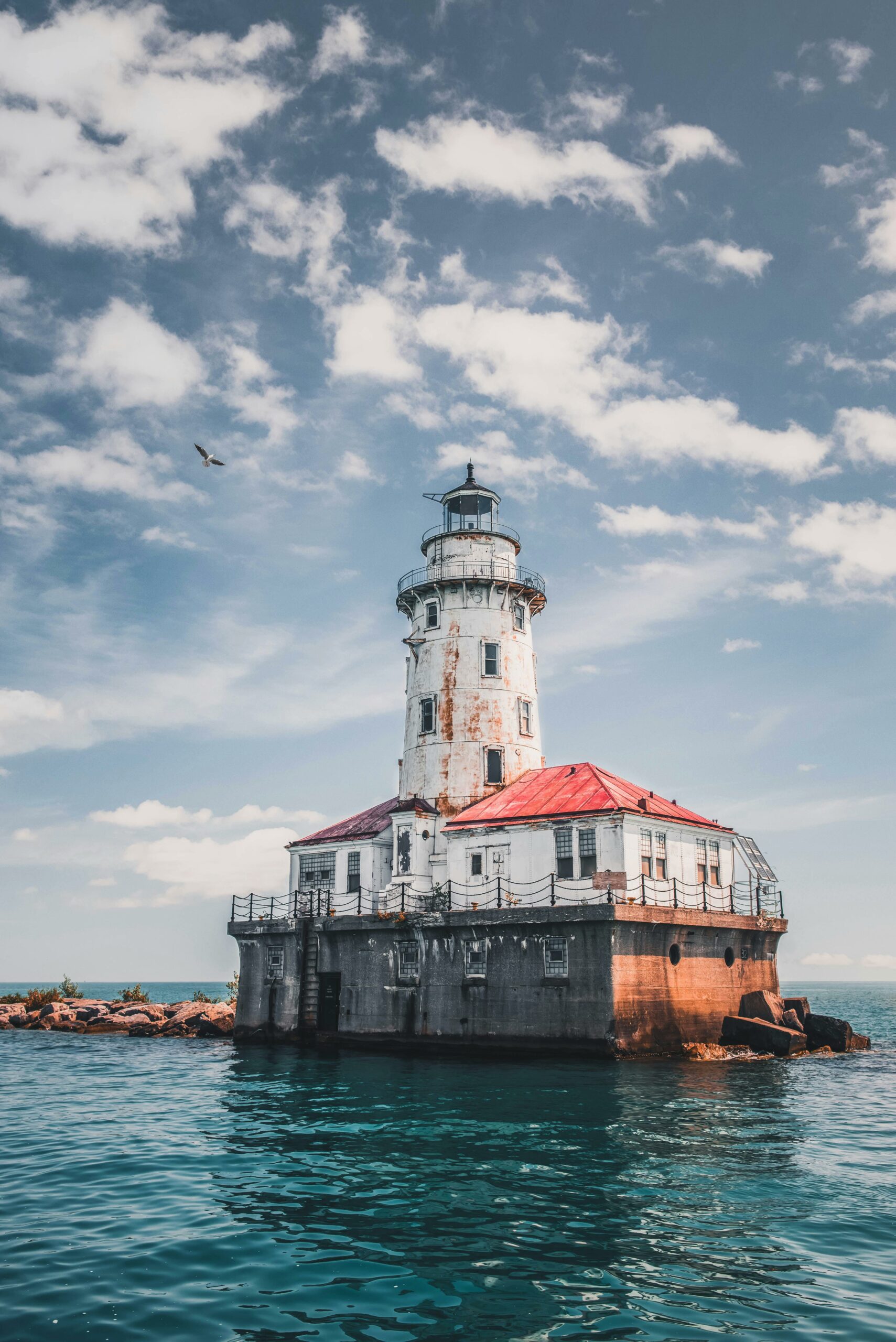
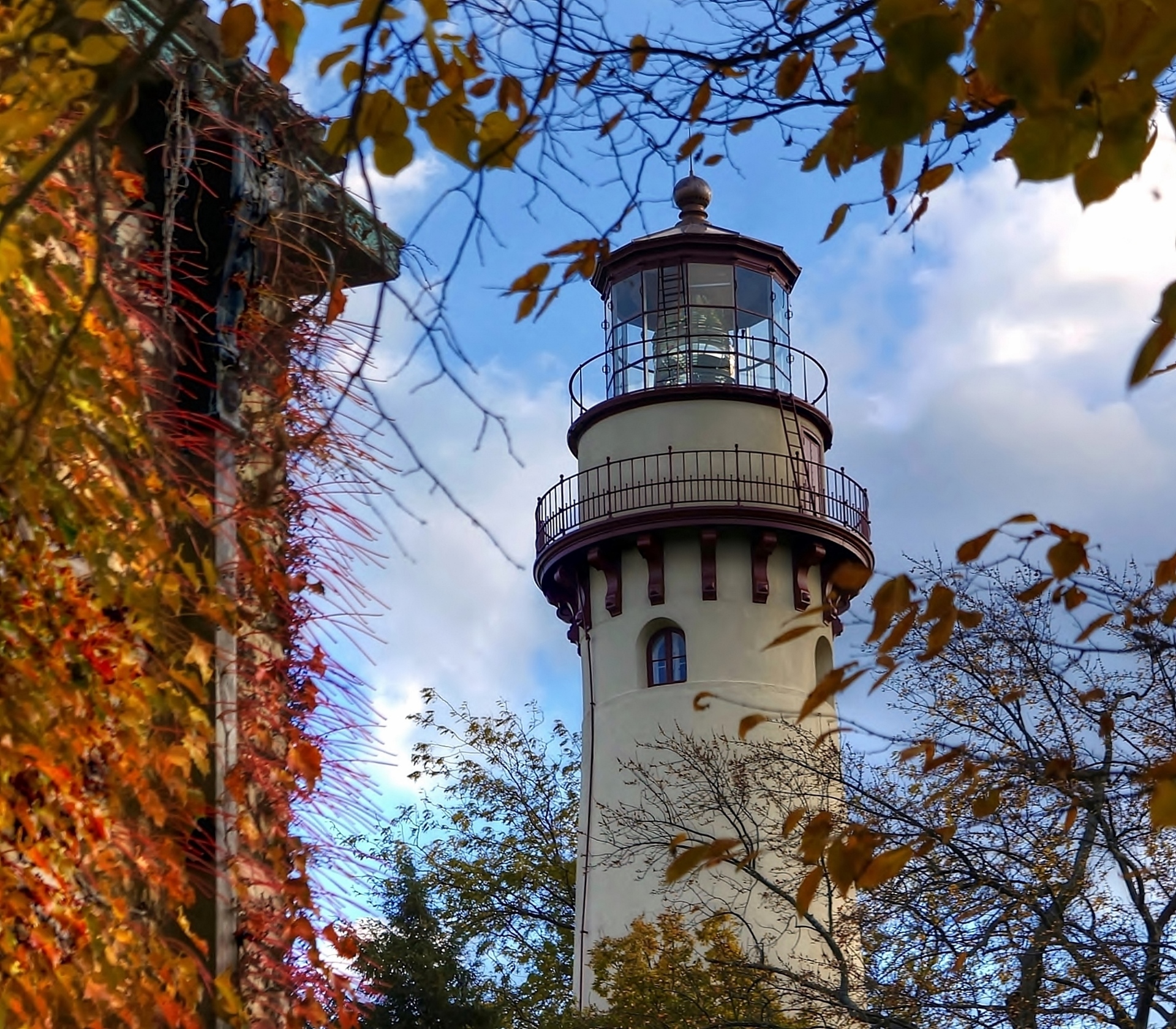
My journey with lighthouses began when I started to uncover their history, not just as structures of stone and metal but as lifelines for sailors and communities alike. The history of lighthouses is as vast and varied as the oceans they sit beside. These towers have been guiding ships for centuries, starting with the ancient Pharos of Alexandria, one of the Seven Wonders of the Ancient World. Built around 280 BCE, it was more than just a light; it was a symbol of civilization, signaling safety to those who made their way across the Mediterranean.
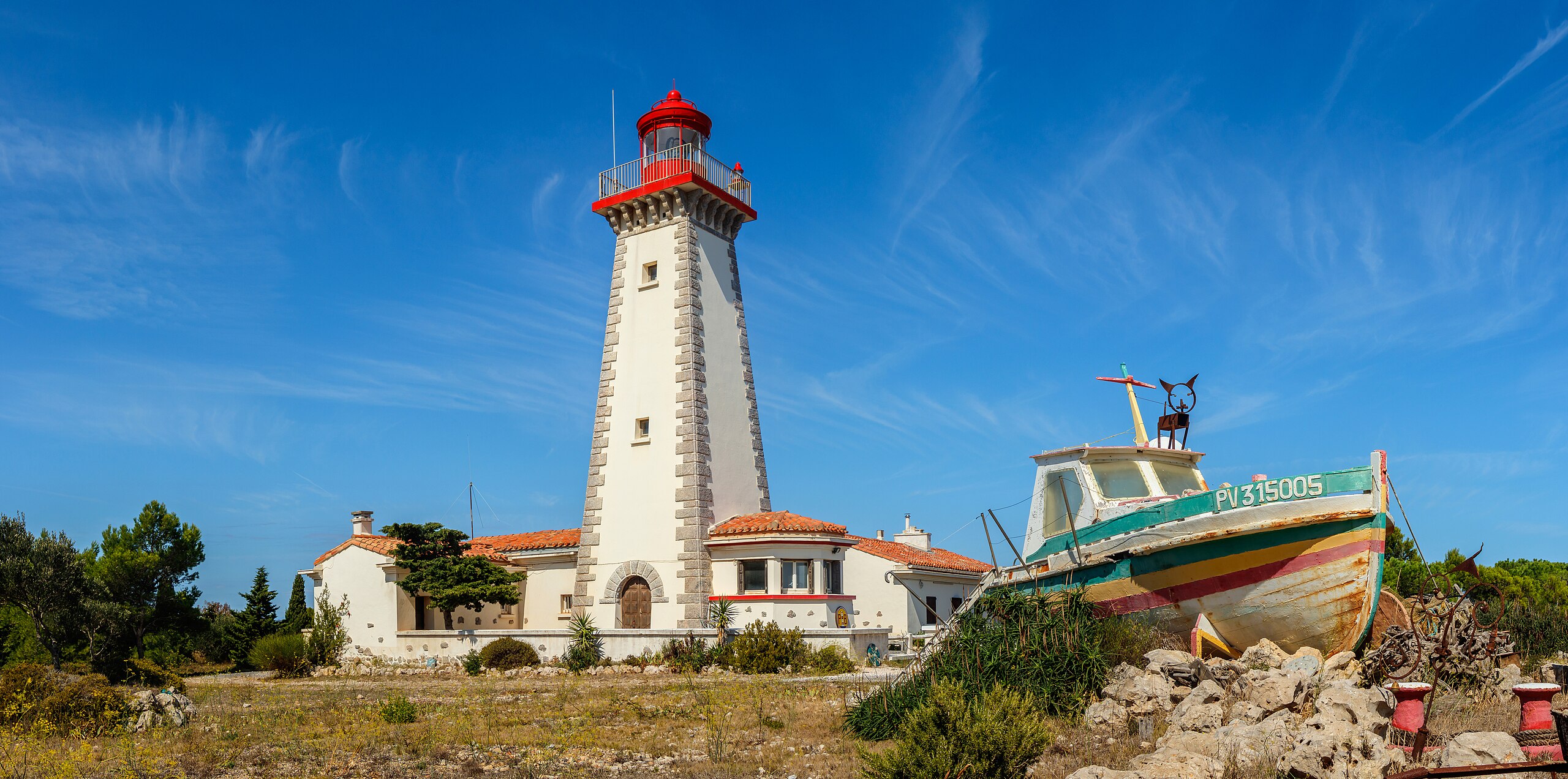
Evolution of Designs and Technology
As I read more about the evolution of these beacons, I was struck by the innovation behind each one. The transition from simple fires on hillsides to sophisticated towers with mirrors and lenses that could project light for miles was nothing short of remarkable.
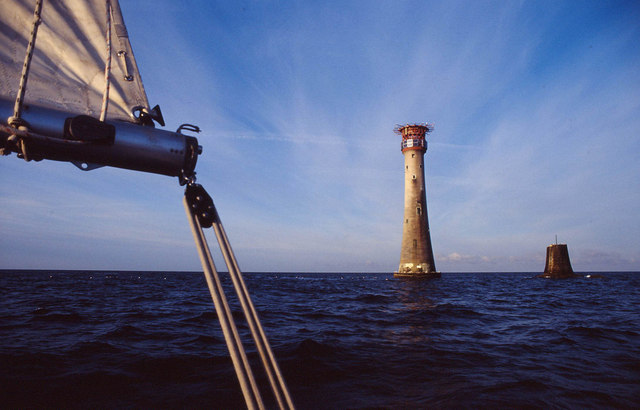
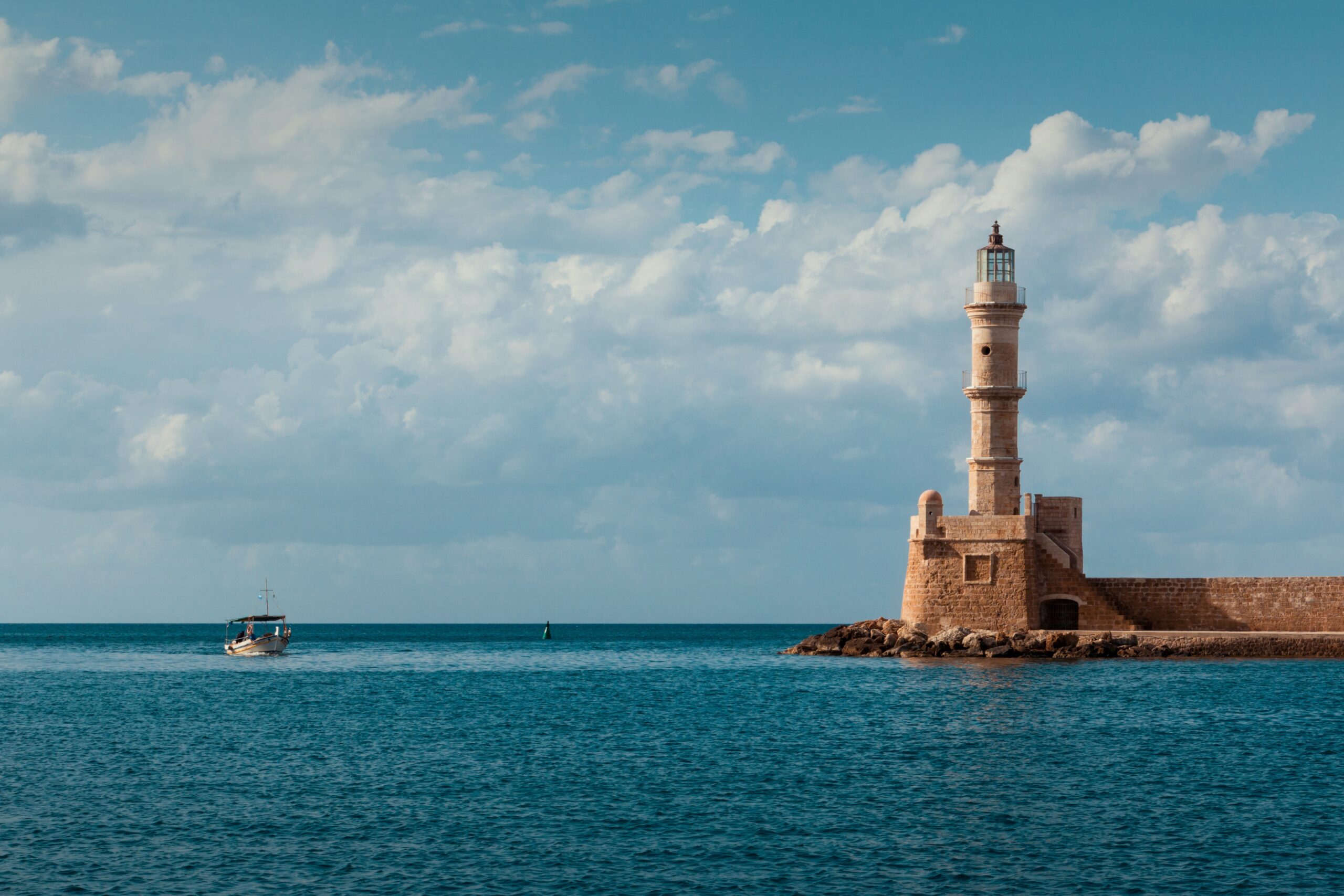
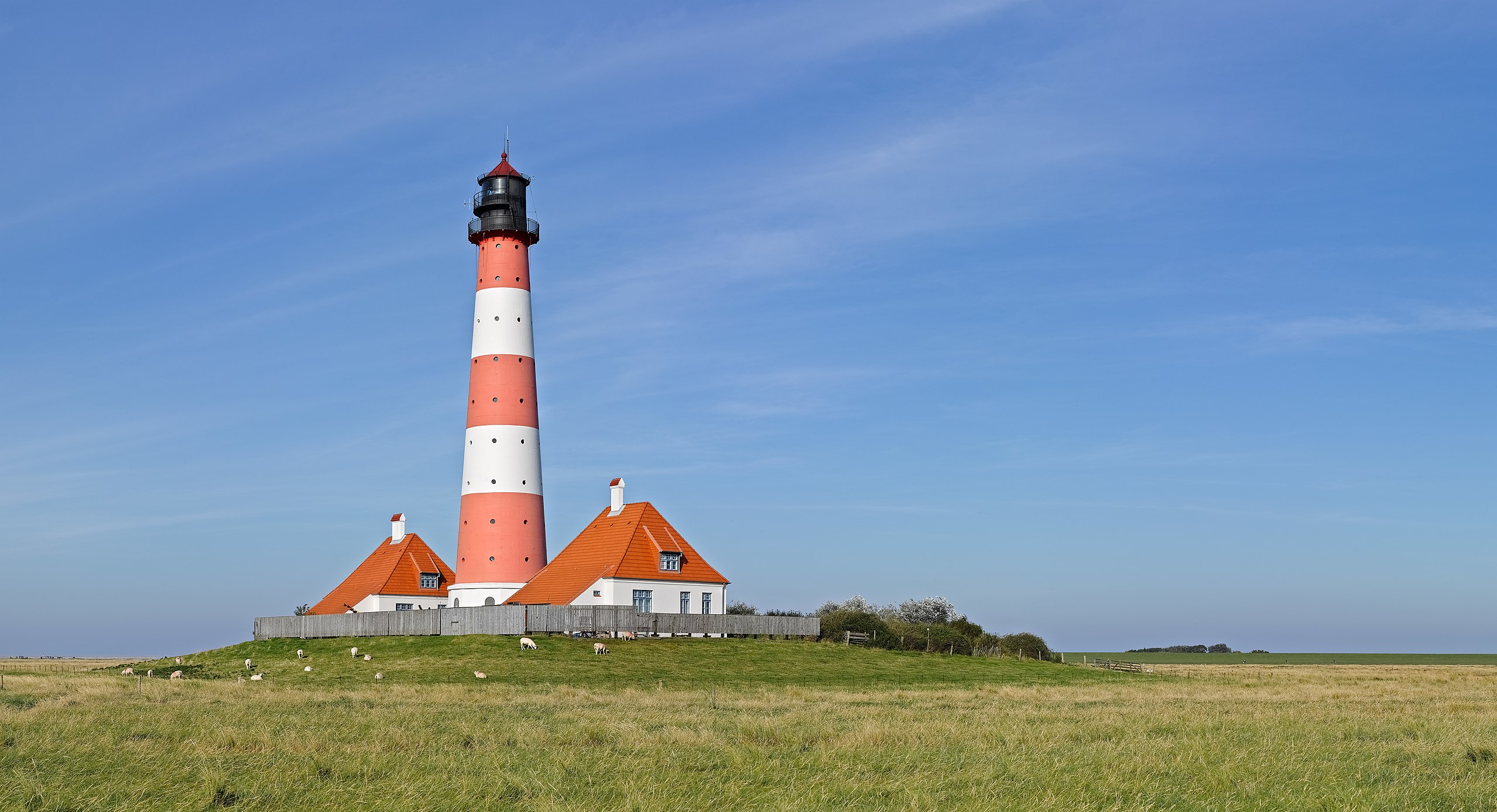
Over time, lighthouse designs evolved from basic fire-based beacons to more sophisticated structures, incorporating advanced materials and technologies. During the Middle Ages, many European lighthouses were constructed from stone or brick, offering more durability and stability. The addition of lantern rooms, which housed the light source, allowed for more controlled illumination, and eventually, technological innovations such as the Fresnel lens revolutionized lighthouse lighting. The Fresnel lens, invented by Augustin-Jean Fresnel in 1822, focused light into a powerful beam that could be seen from greater distances.
The introduction of the Fresnel lens in the 19th century allowed lighthouses to cast a much brighter and more focused beam of light, cutting through the thickest fog and darkest nights. This innovation made the difference between life and death for countless sailors.
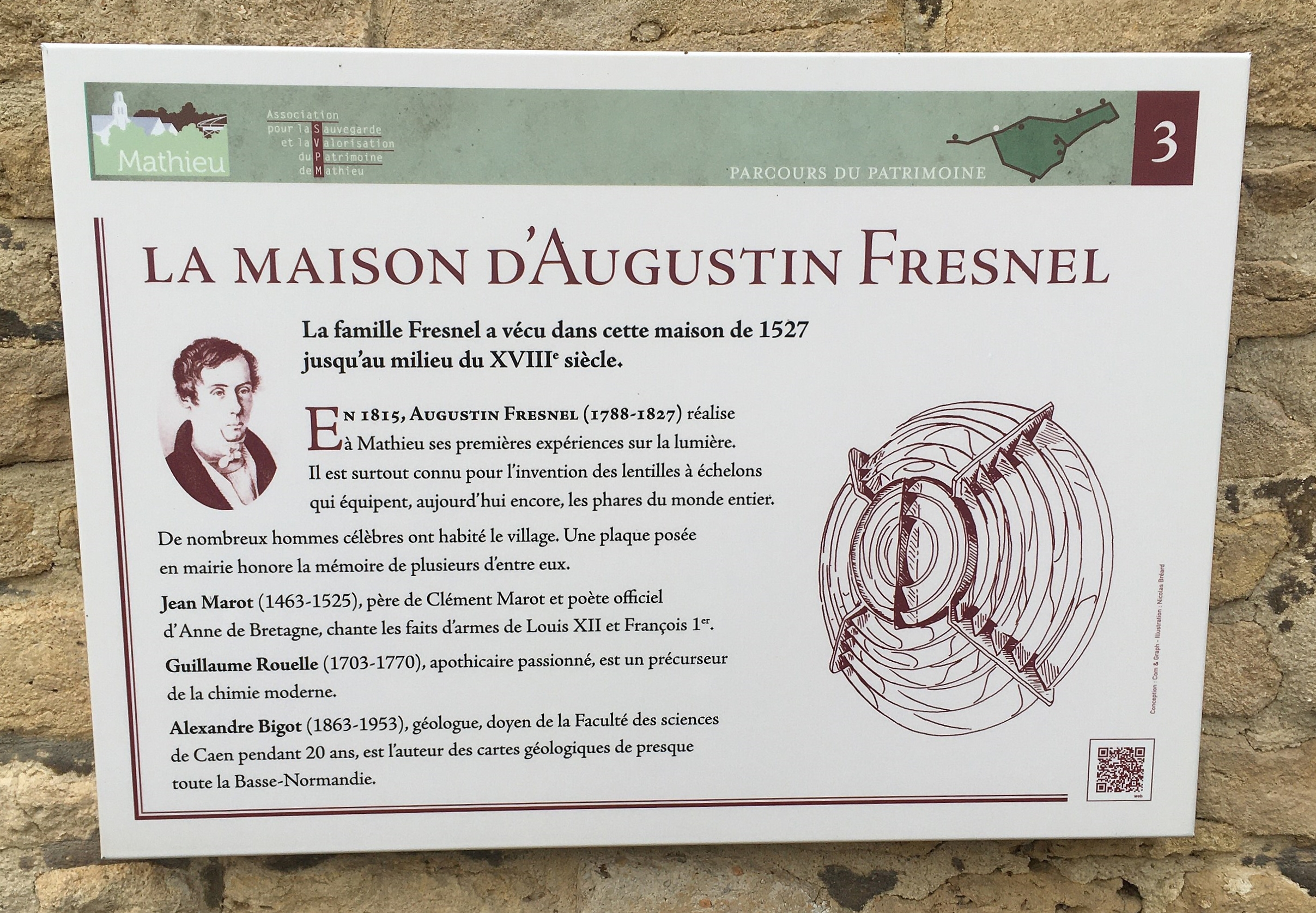

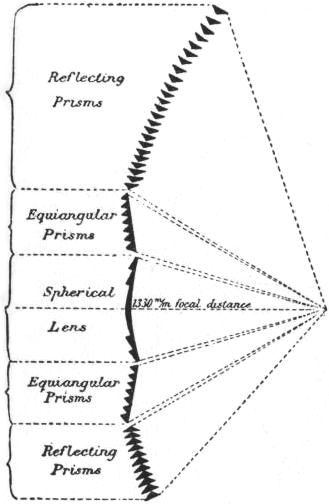
The Fresnel lens works by efficiently focusing and directing light using a series of concentric, stepped lens sections. Here’s how it operates:
1. Design and Structure:
A traditional lens would be thick and heavy to focus light over long distances, but the Fresnel lens achieves the same effect with less material. It consists of multiple thin, flat rings arranged in a stepped pattern. Each ring bends the light slightly, working together to focus it into a powerful beam.
2. Refraction and Reflection:
The lens uses refraction (bending of light as it passes through the lens) to focus the light. Some designs also incorporate reflection, with mirrored surfaces redirecting light that would otherwise be lost.
3. Light Source and Beam:
The light source (originally oil lamps, later electric bulbs) is placed at the focal point of the lens. The lens captures and directs light outward in a concentrated beam, maximizing brightness and reach while minimizing energy loss.
4. Advantages:
Efficiency: The Fresnel lens can focus light into a beam visible for miles, making it perfect for lighthouses.
Lightweight Design: Its thin, stepped rings reduce weight and material without compromising performance.
The advent of the electric lamp in the late 19th century further improved lighthouse efficiency, and by the 20th century, the development of automated systems and solar-powered lights began to reduce the need for human keepers.
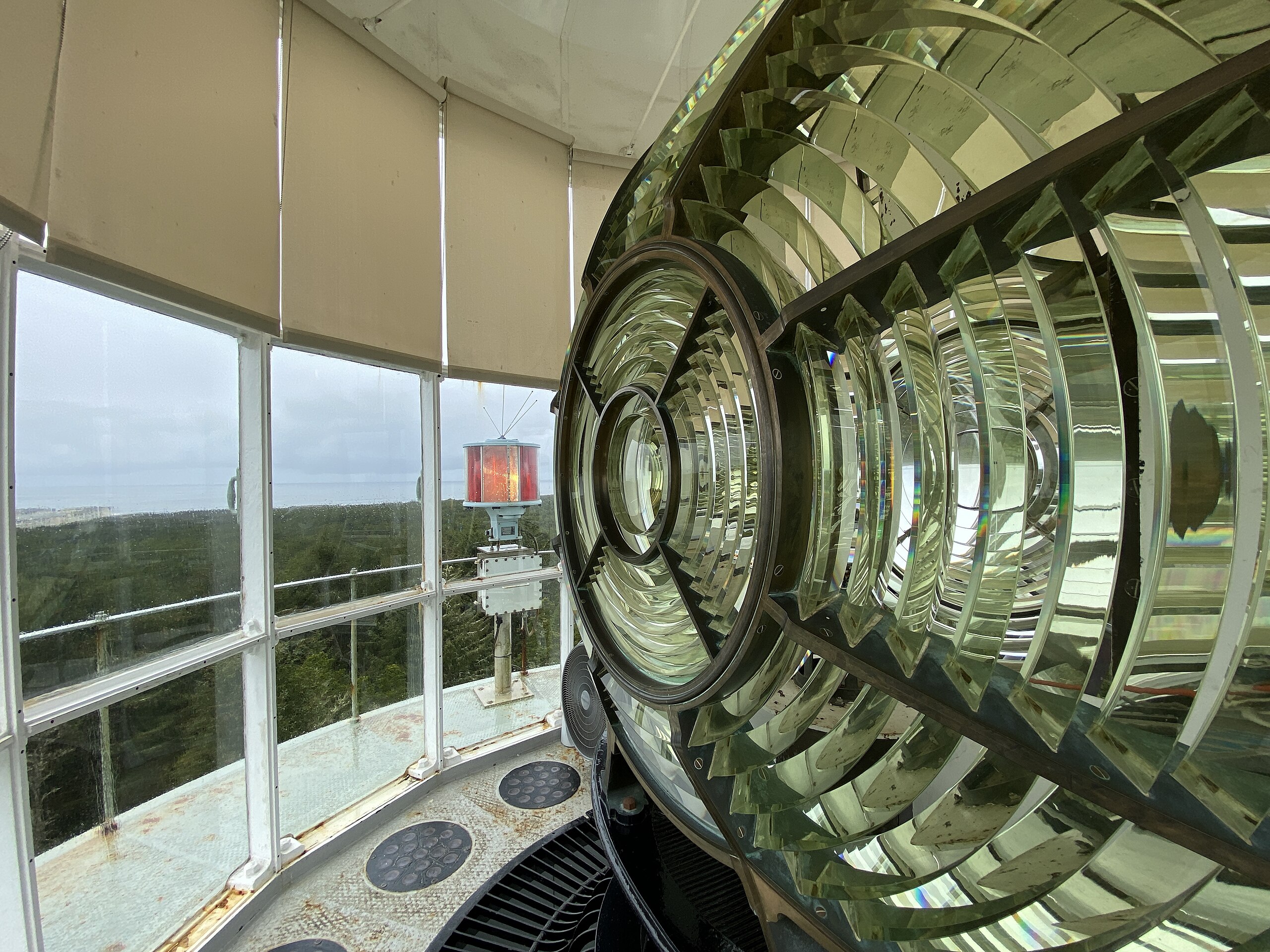
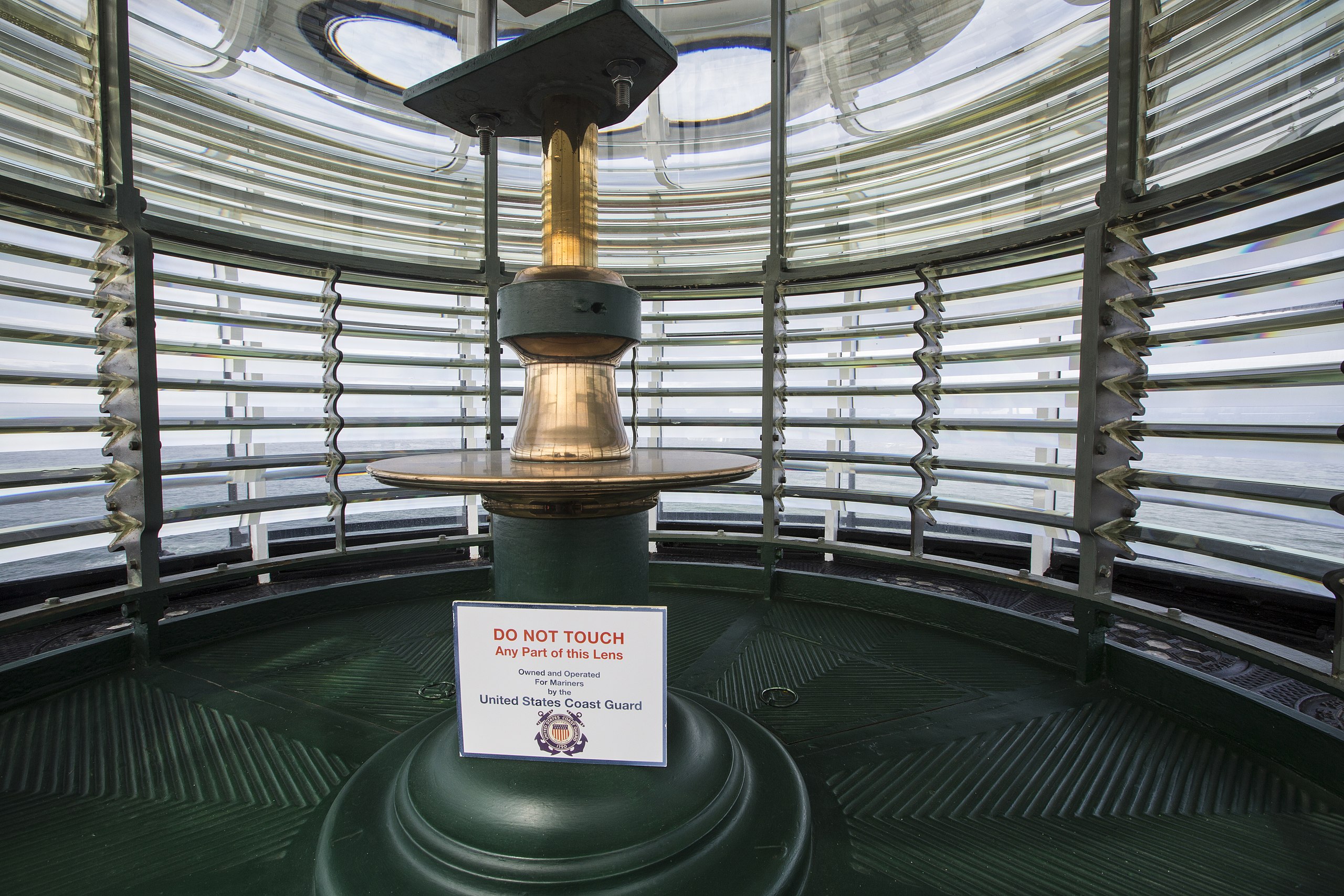
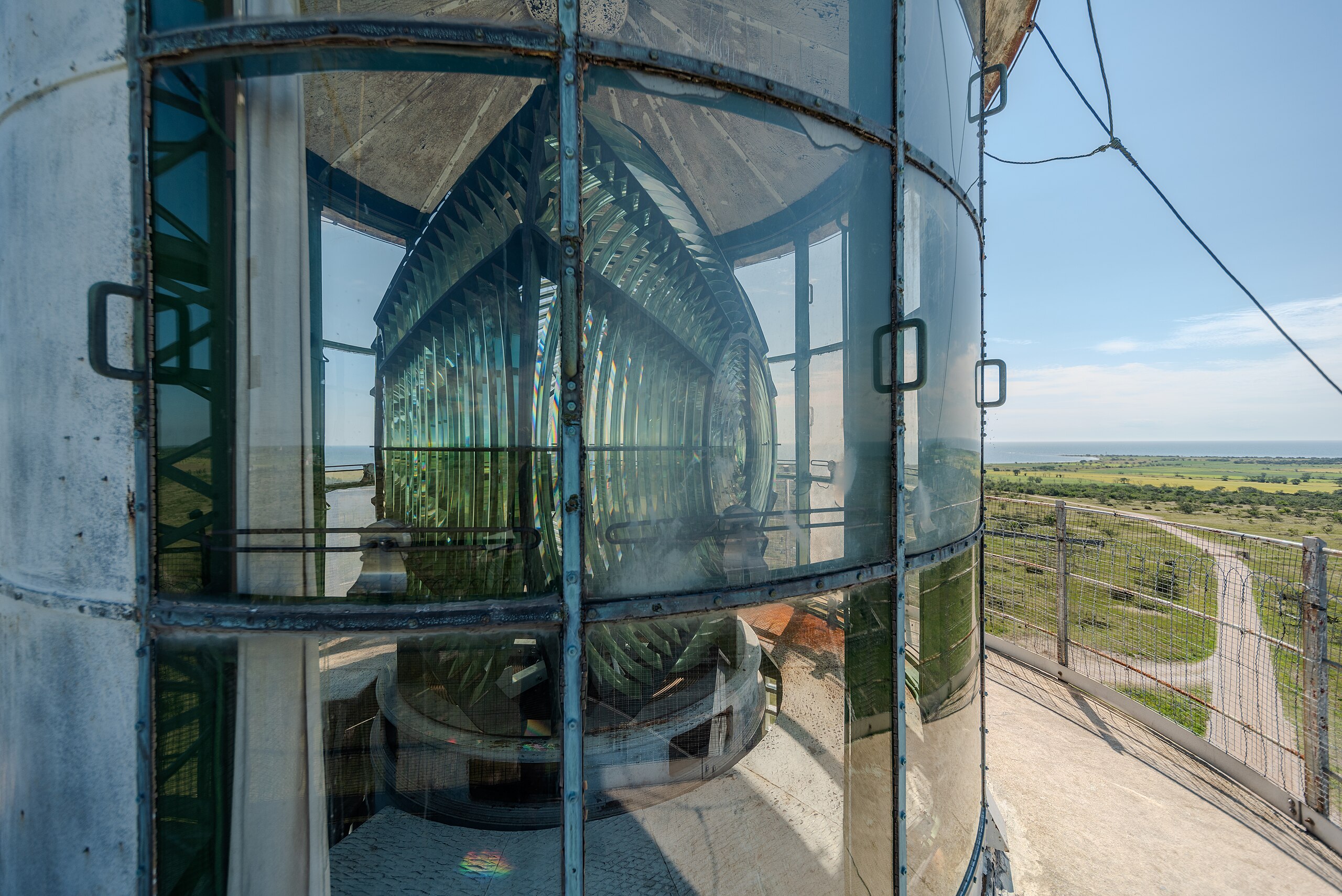
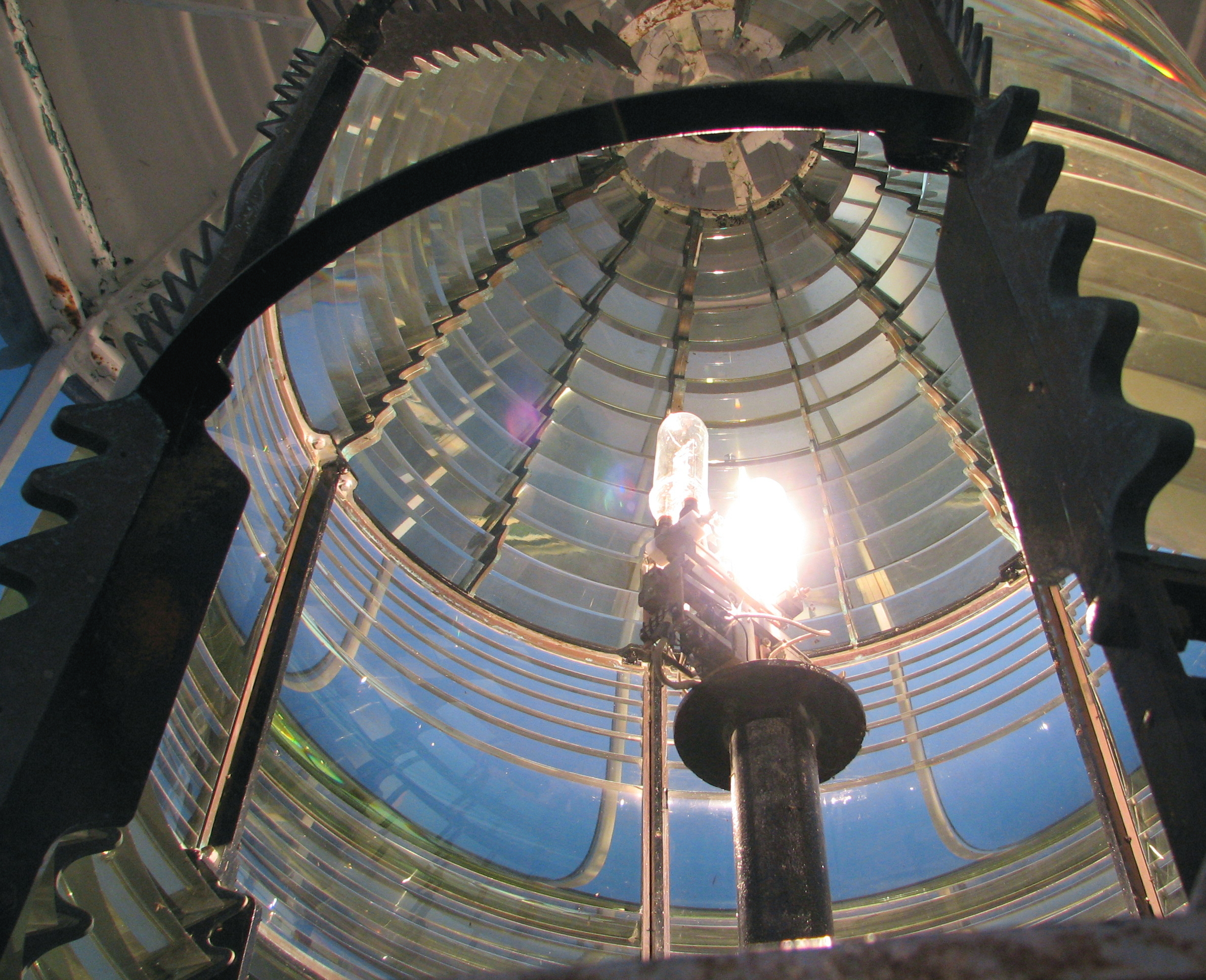
The more I learned, the more I realized that lighthouses were not just a necessity—they were an essential part of maritime culture, often steeped in local legends and folklore.
Famous Historical Lighthouses
Grosse Point Lighthouse
One notable lighthouse close to Chicago is the Grosse Point Lighthouse in Evanston, Illinois. Built in 1873, it stands as a testament to the importance of navigation along the western shore of Lake Michigan. Designated as a National Historic Landmark, its towering structure and beautifully preserved Fresnel lens make it a gem for history enthusiasts and lighthouse admirers alike.
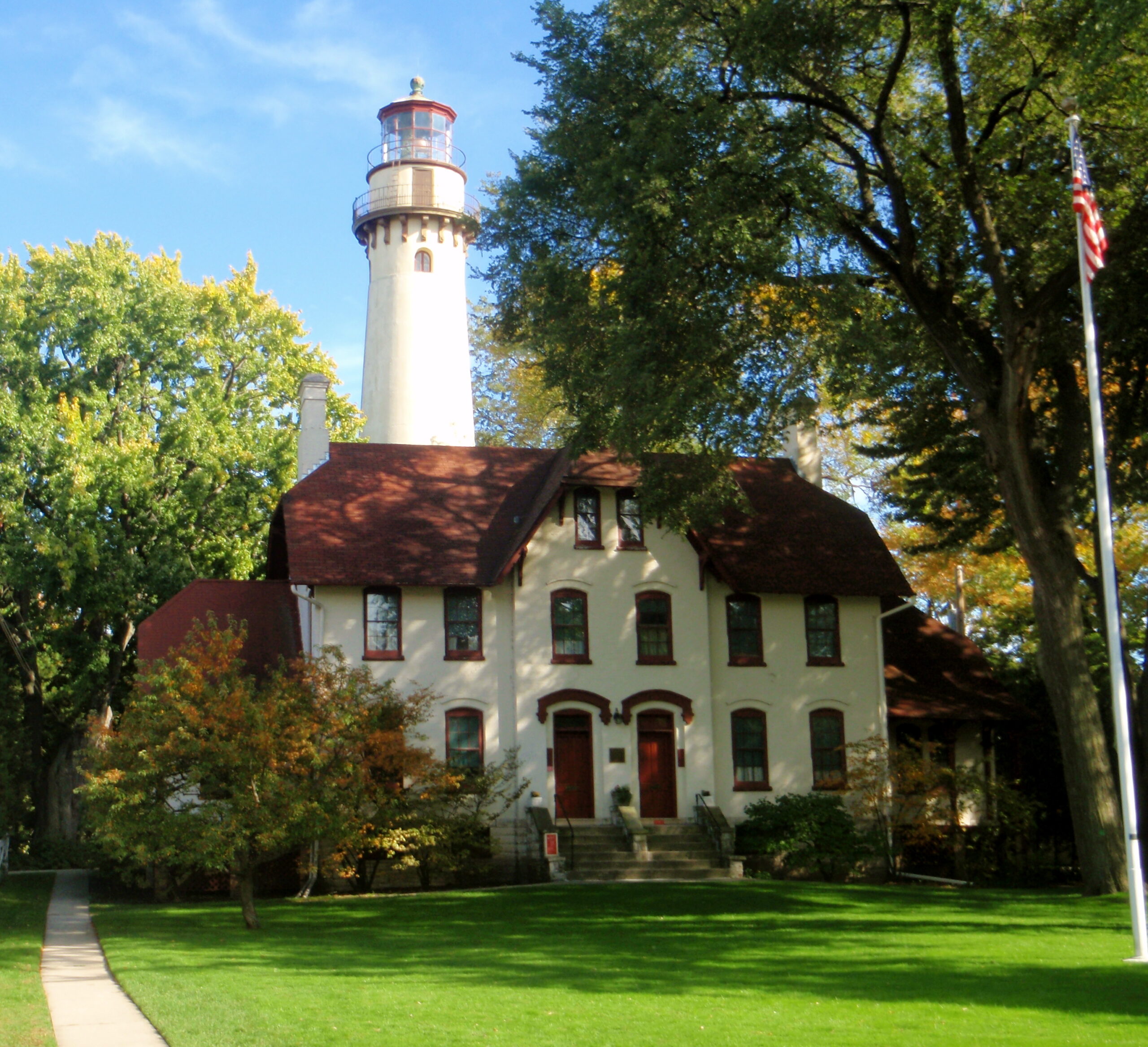
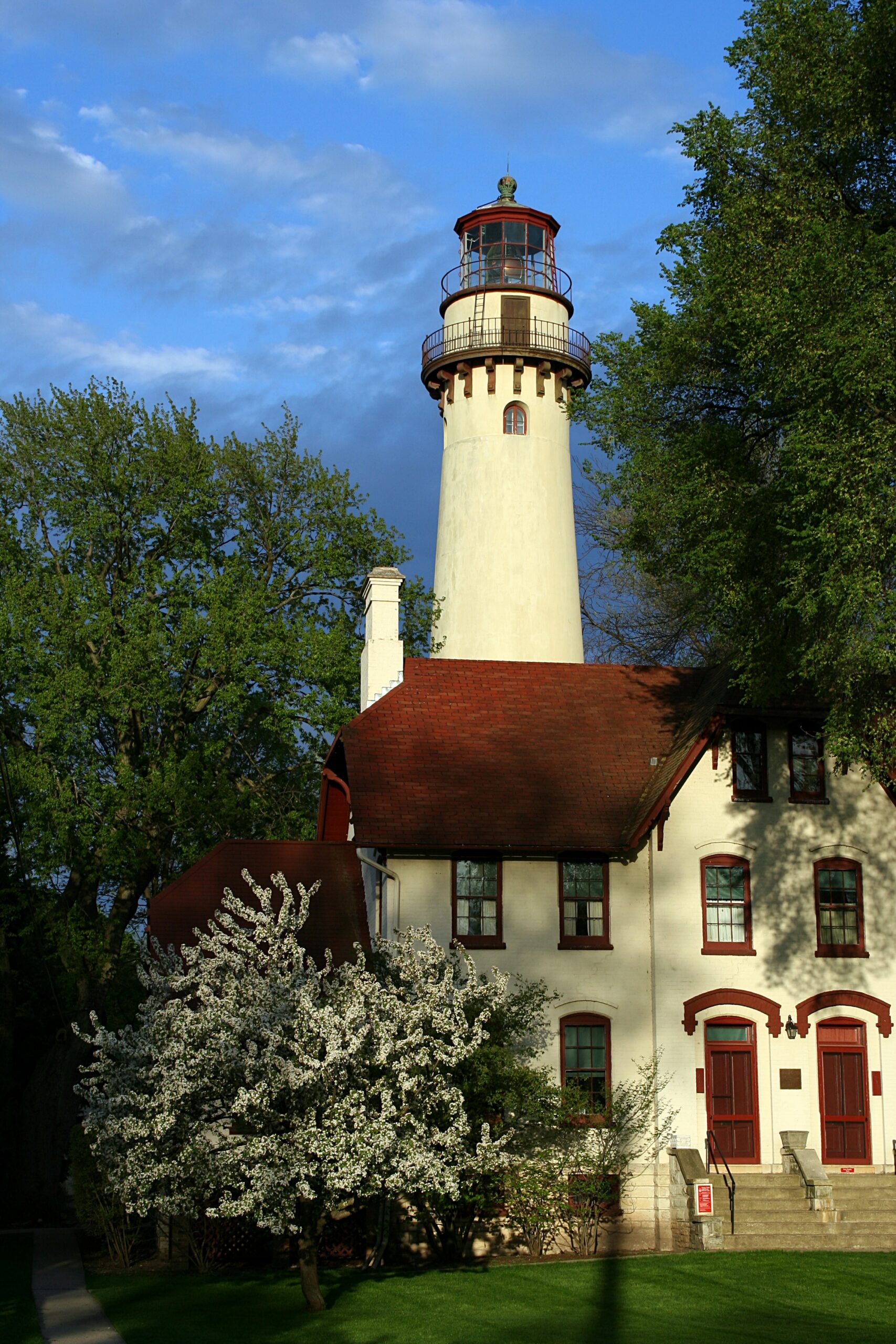
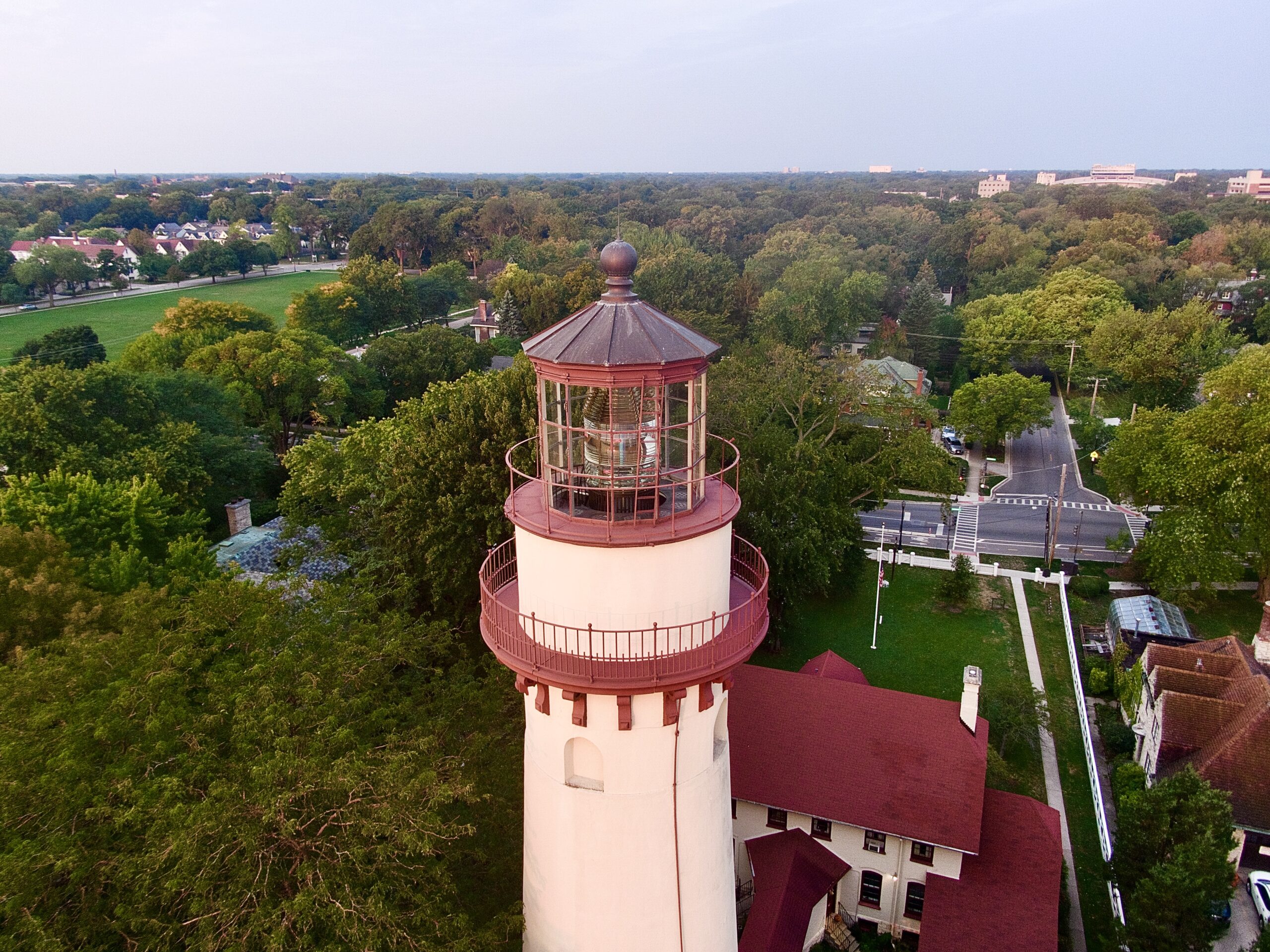
Having visited this lighthouse, I found its blend of history and charm captivating. Climbing to the top offered breathtaking views of Lake Michigan and the surrounding area, and the guided tours provided fascinating insights into its construction and role in maritime safety. It’s a place where the past truly comes alive, offering both inspiration and a serene connection to the natural world.
Lighthouse of Genoa
The Lighthouse of Genoa (also known as La Lanterna) is one of the oldest working lighthouses in the world. Located in the Italian city of Genoa, the lighthouse was built in 1543 and stands at 249 feet tall. The lighthouse is a distinctive landmark for the city, featuring a square base with a cylindrical tower and a beacon at the top. Over the centuries, the Lanterna has undergone several modifications, but its essential function of guiding ships safely into Genoa’s harbor has remained unchanged.
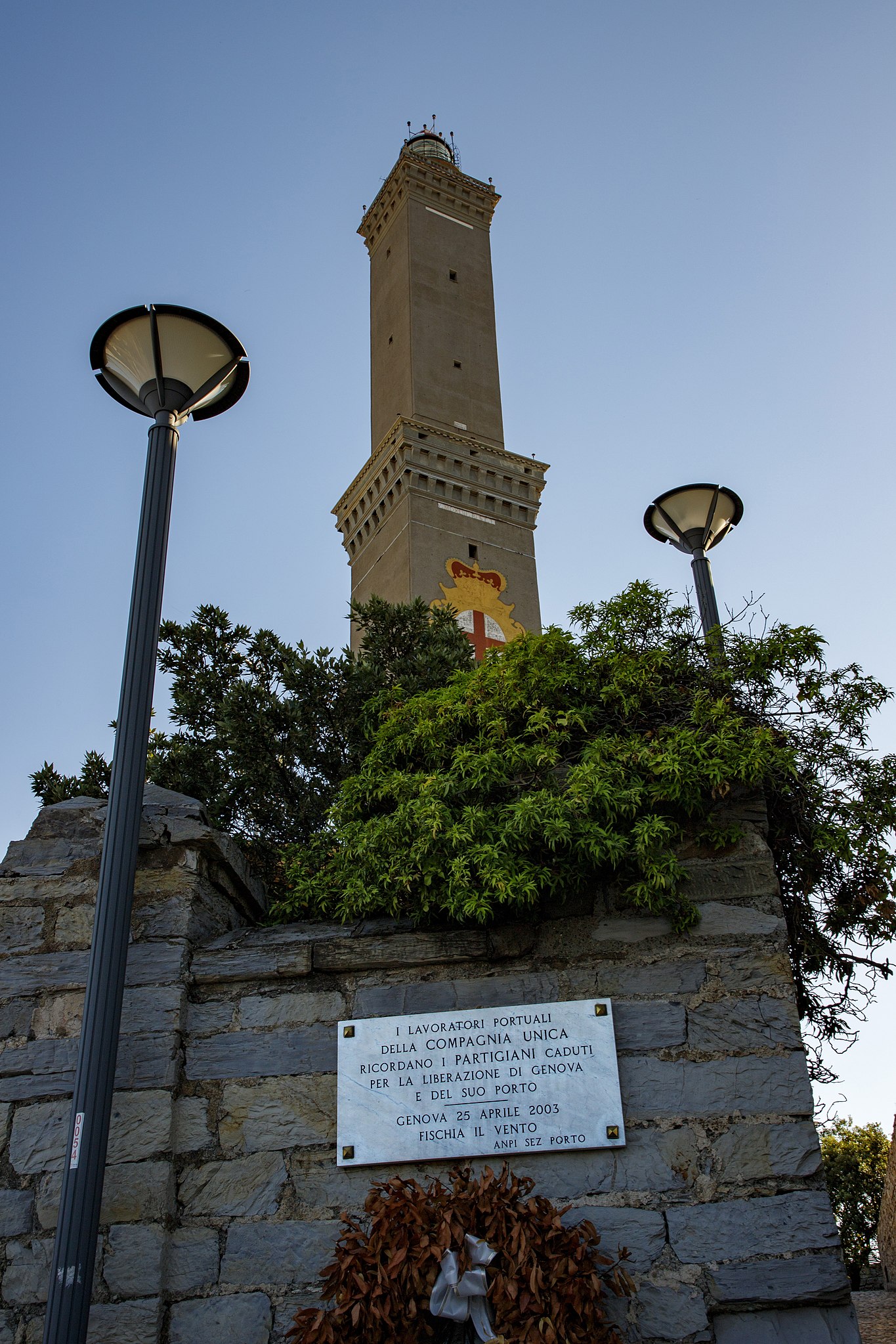
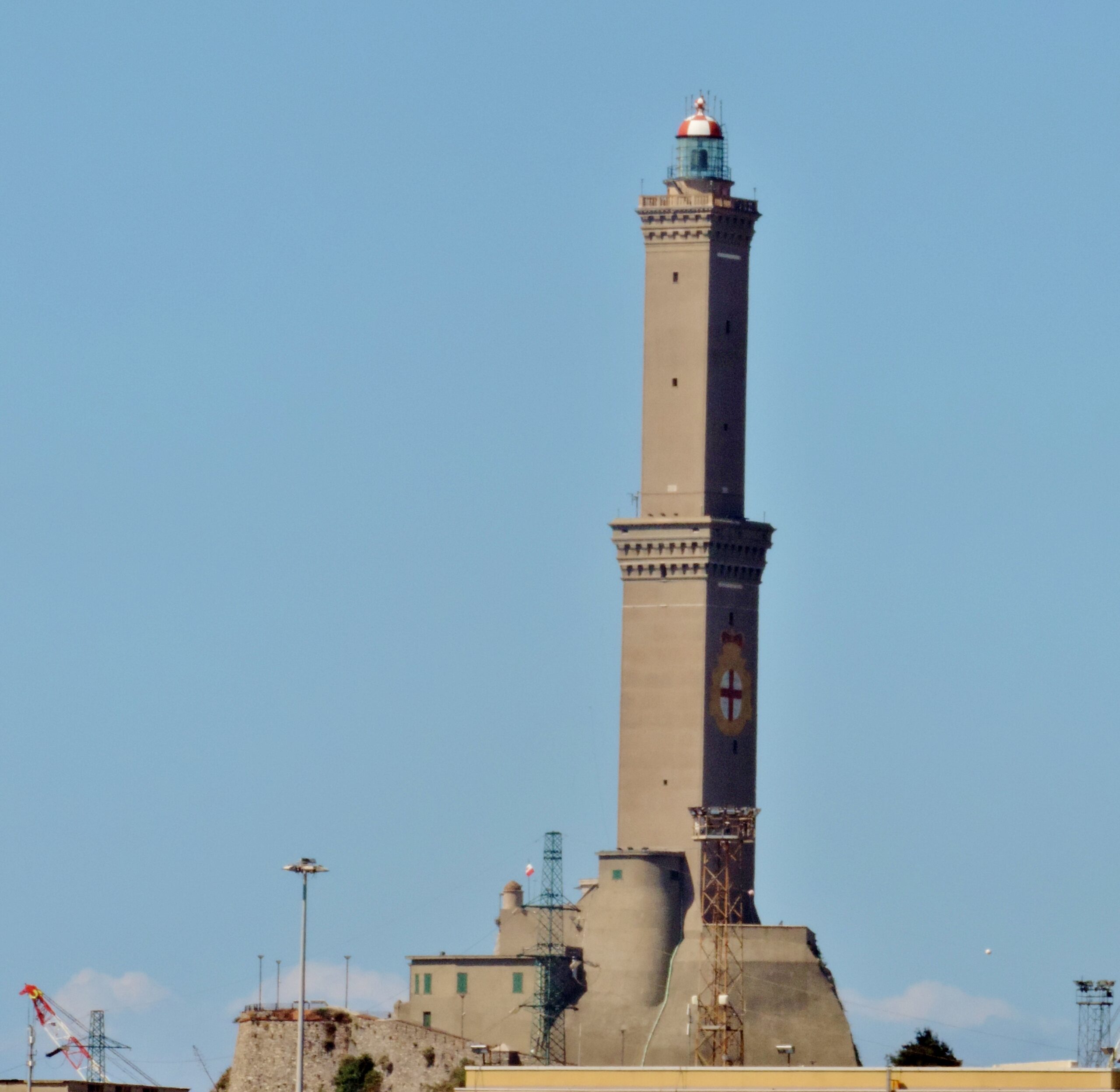
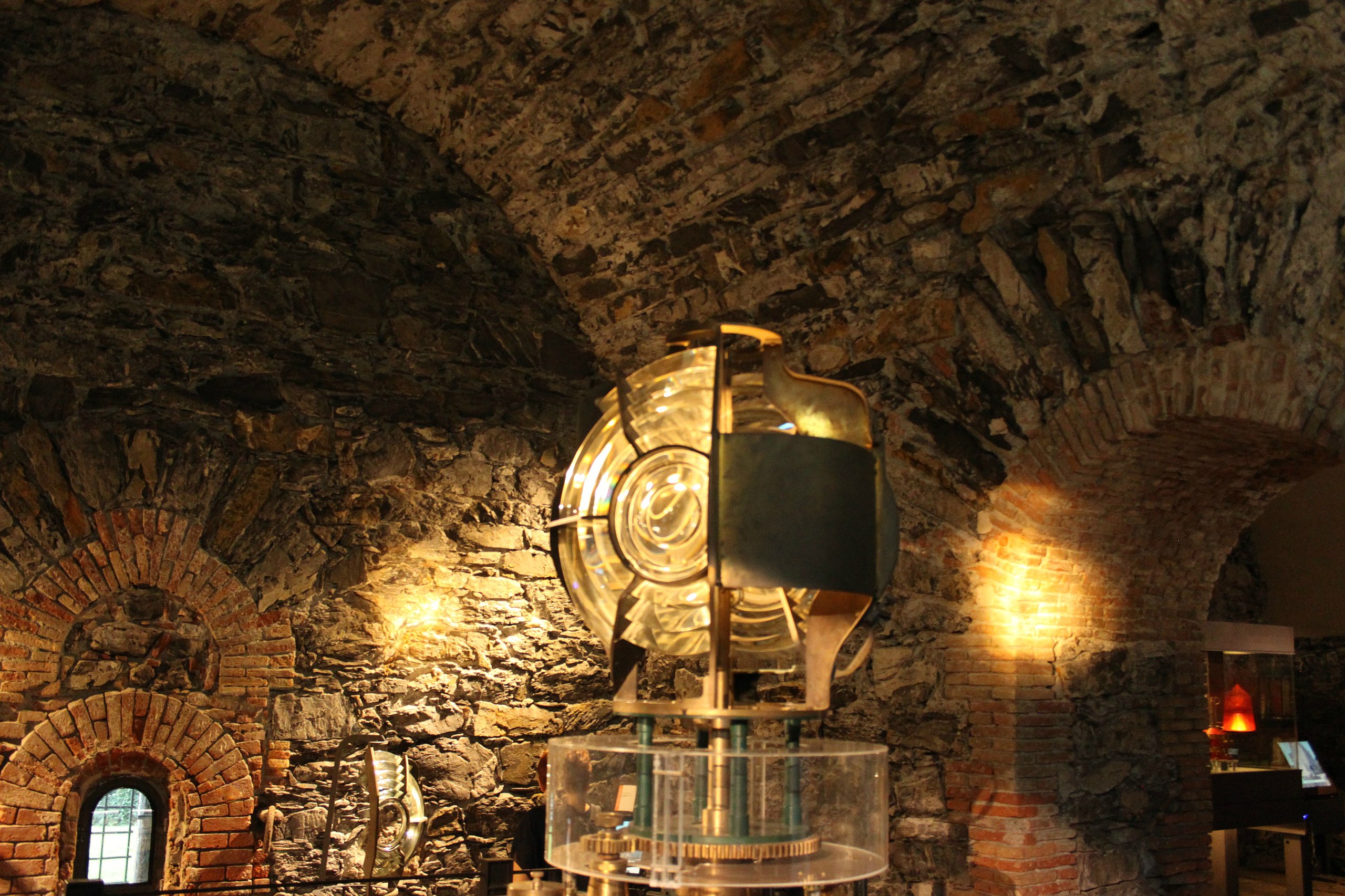
Chicago Harbor Lighthouse
Another iconic lighthouse in the Midwest is the Chicago Harbor Lighthouse, standing sentinel at the entrance to Chicago Harbor. Originally constructed for the 1893 World’s Columbian Exposition, it was relocated in 1919 to its current position, where it continues to captivate visitors with its historical charm. The lighthouse is a symbol of Chicago’s rich maritime history and a reminder of the city’s significance as a Great Lakes port.
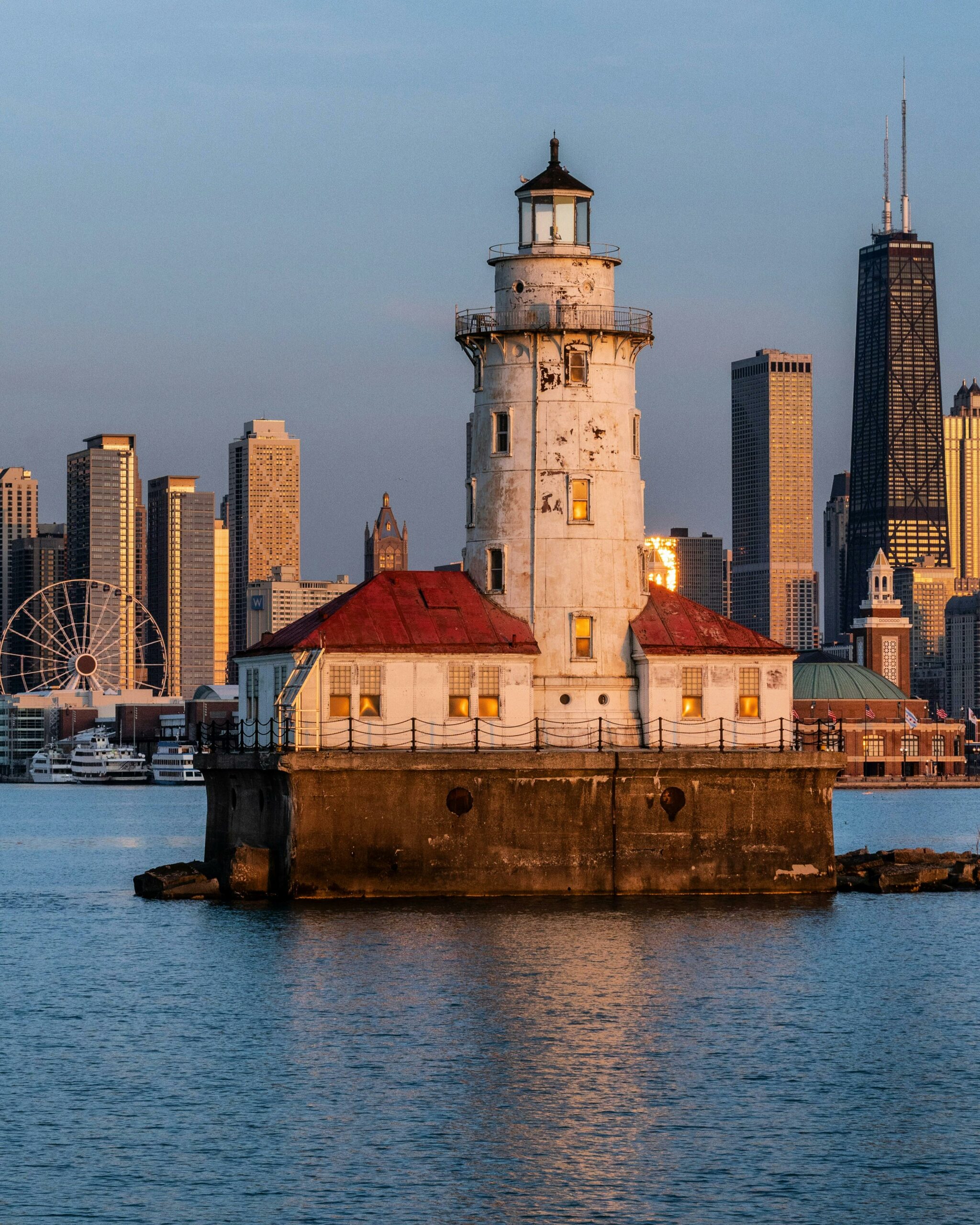
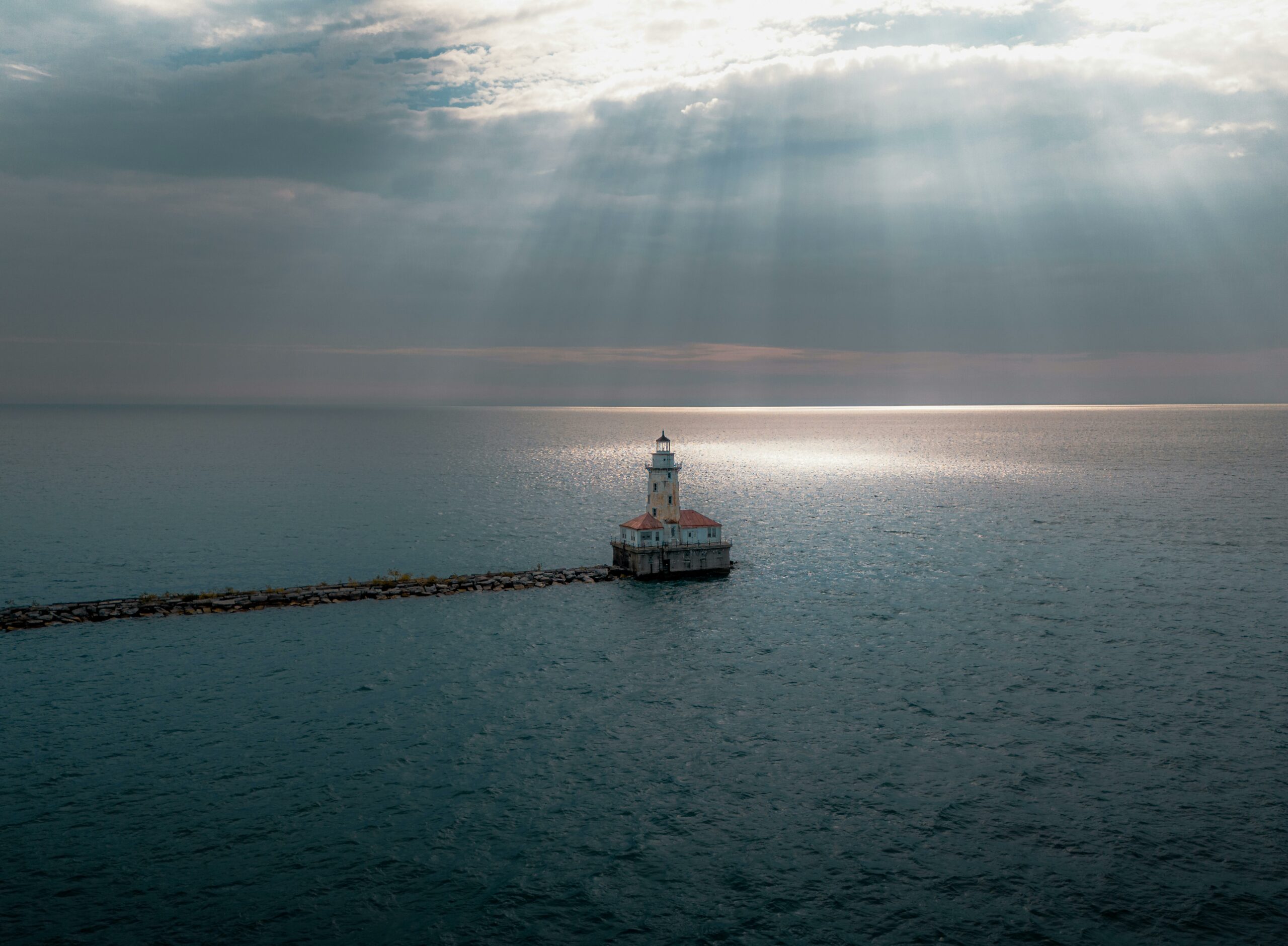

I marvel at its enduring presence against the backdrop of Chicago’s modern skyline. Although the lighthouse is not open for public tours, viewing it from a boat tour or along the shoreline is a unique experience that connects you to the city’s vibrant history and its relationship with Lake Michigan.
Lighthouses such as the Cape Hatteras Lighthouse in North Carolina, the Tower of Hercules in Spain, and the Kilauea Point Lighthouse in Hawaii have been preserved as historical monuments. These lighthouses serve as symbols of maritime history.
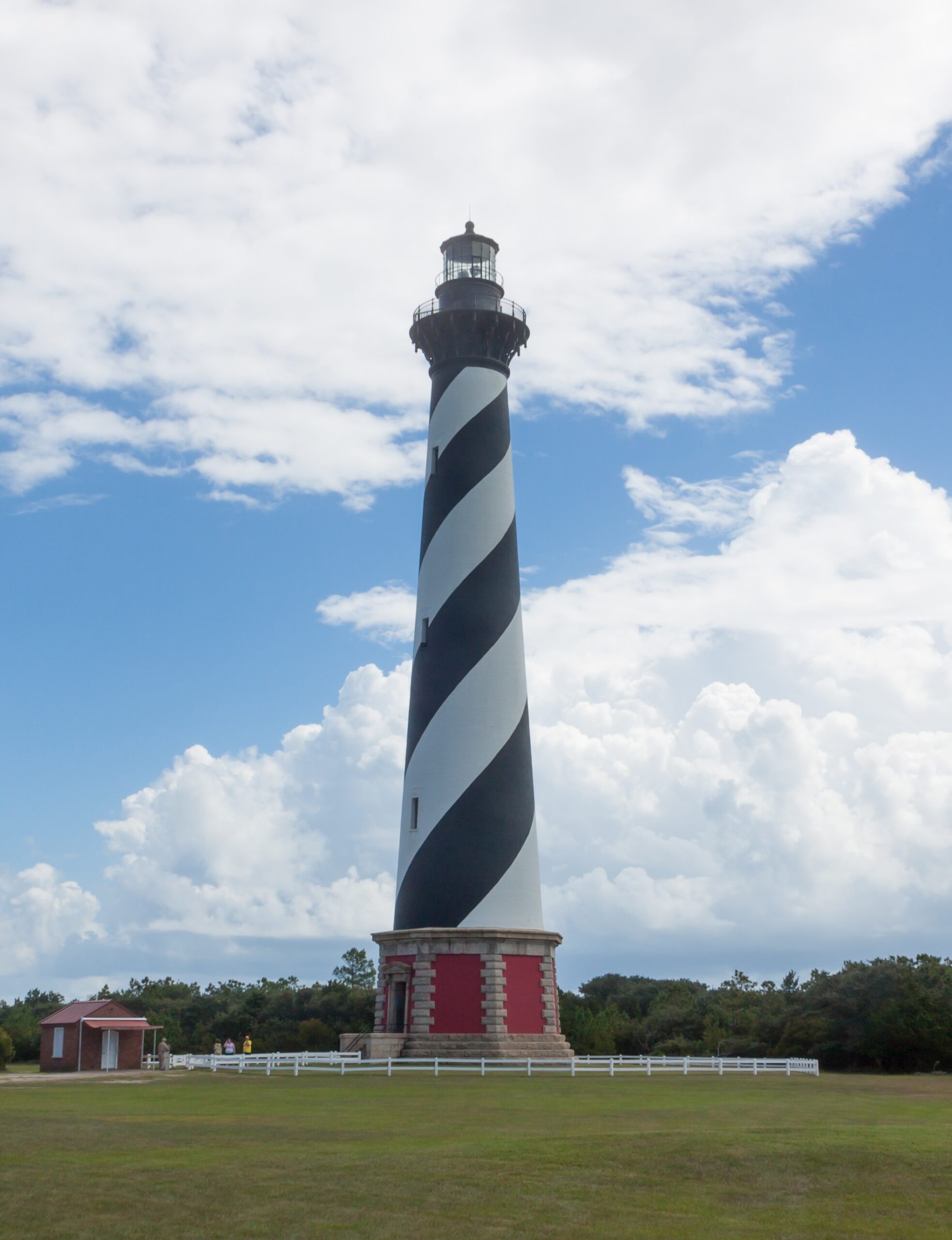
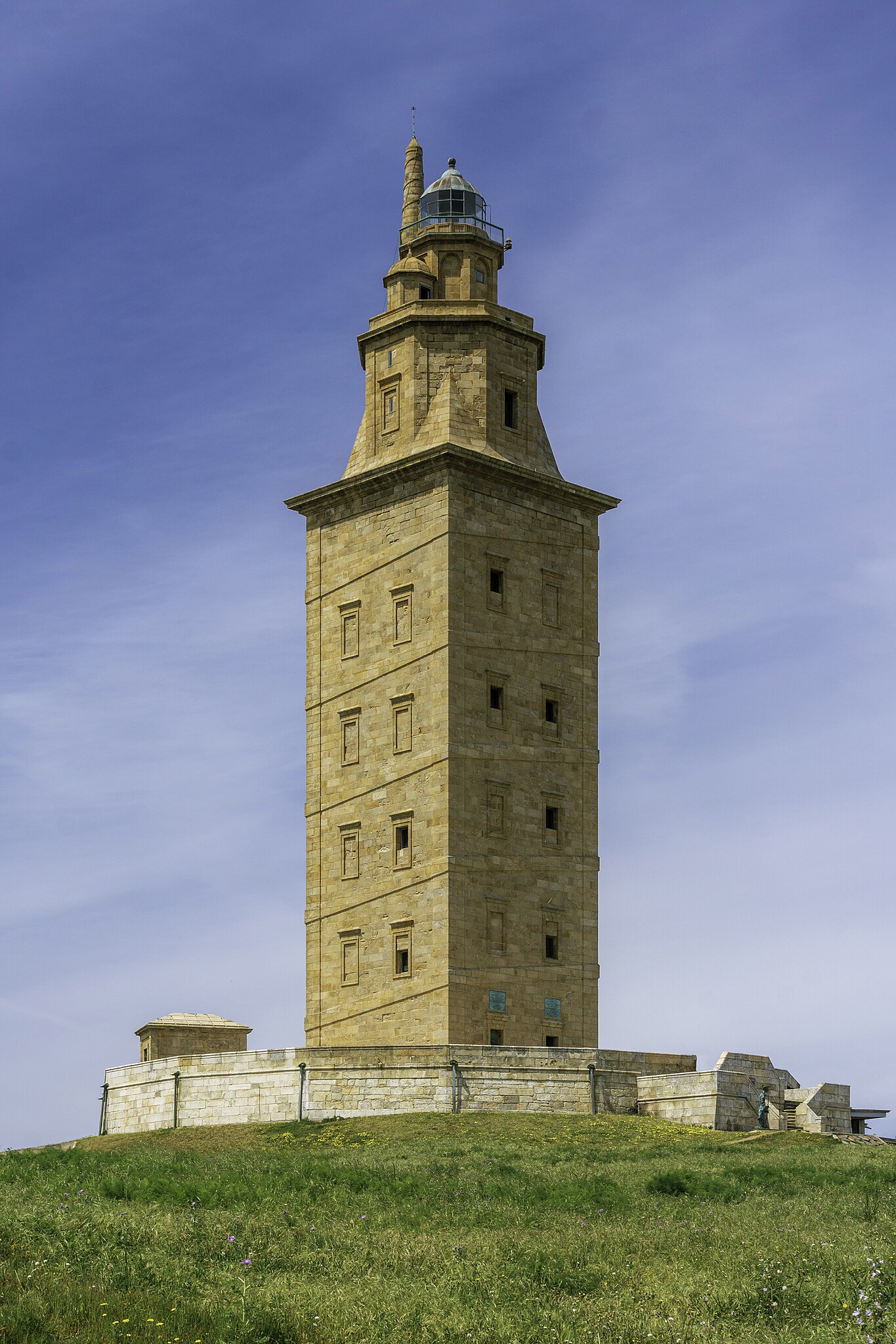
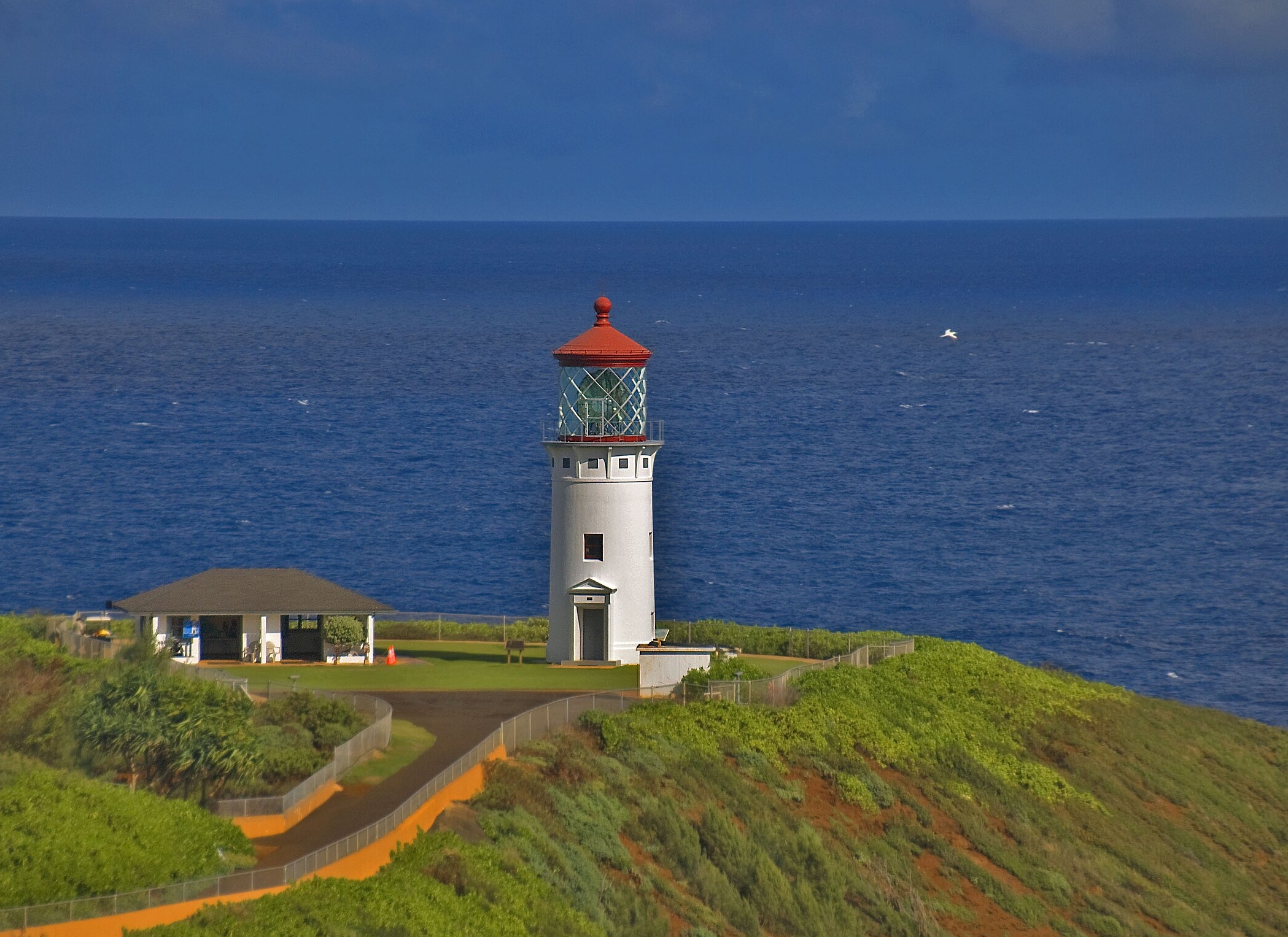
Architectural Styles. Differences by Region and Era
Lighthouses vary greatly in their architectural design depending on the region, era, and materials available. In Europe, lighthouse designs often reflected the architectural styles and cultural heritage of their regions, with ornate detailing and grandiose structures symbolizing national pride. Meanwhile, American lighthouses, influenced by practicality and the need to adapt to diverse coastal environments, tended to emphasize functional simplicity, often incorporating regional materials and techniques that mirrored the local culture and resources.
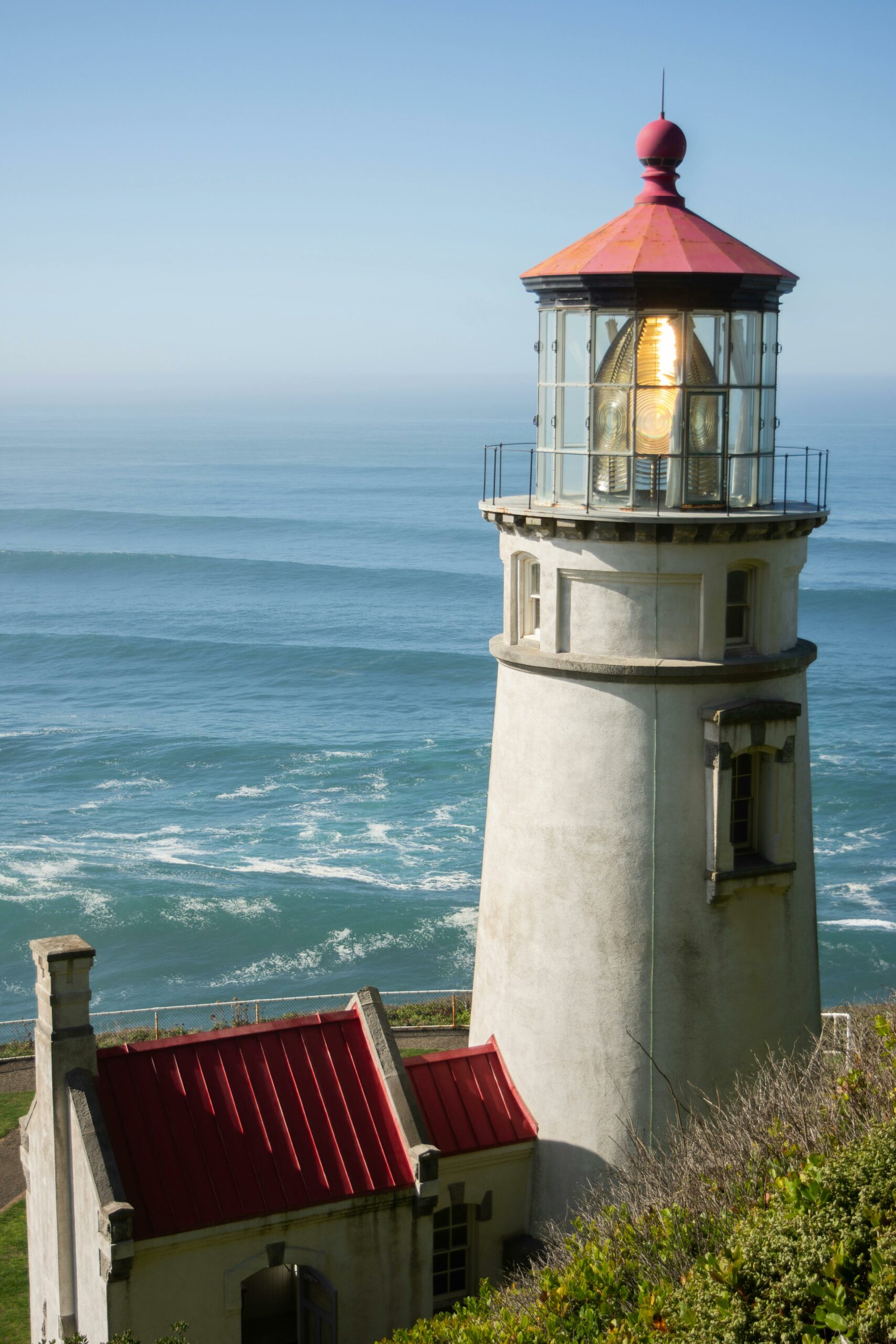
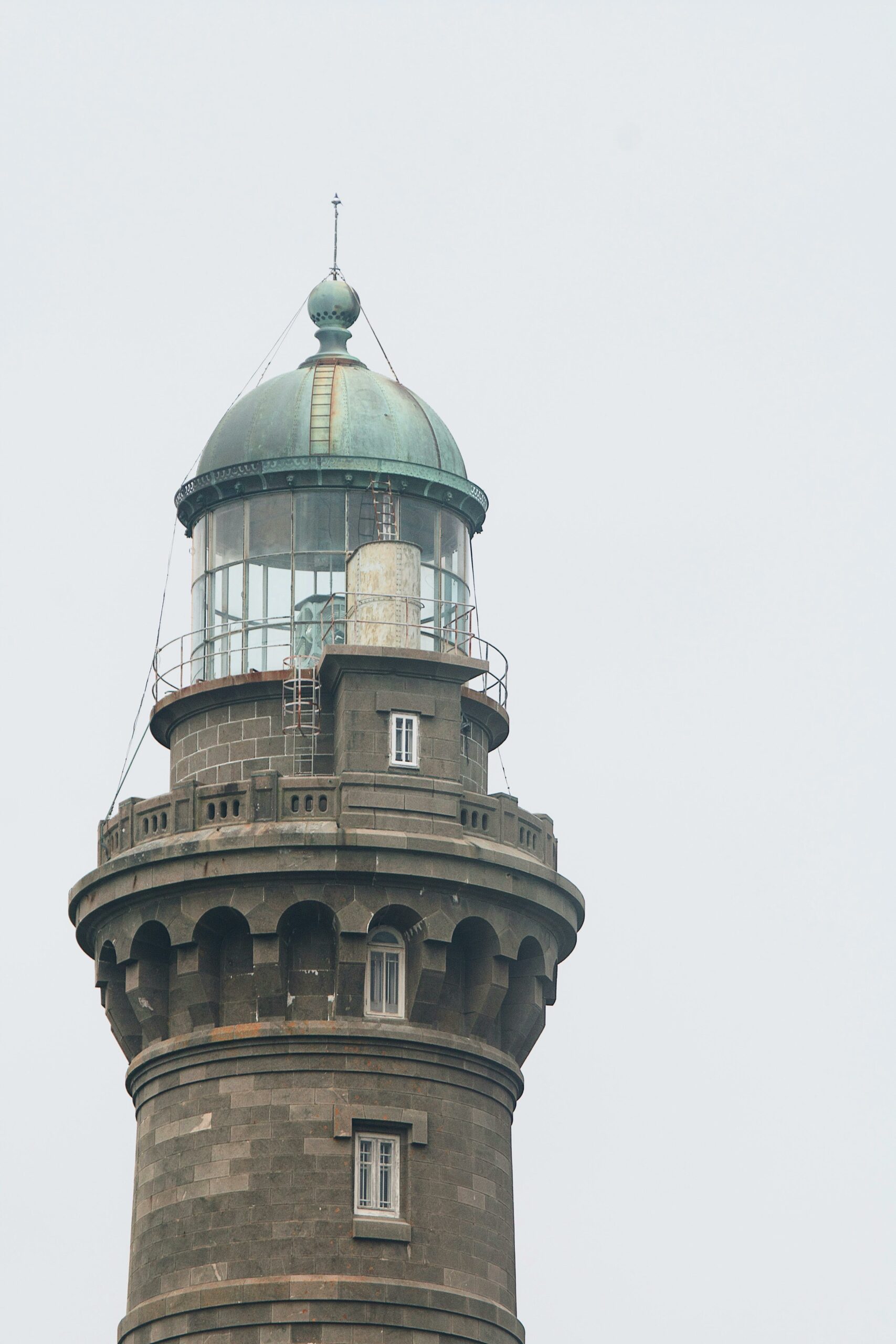
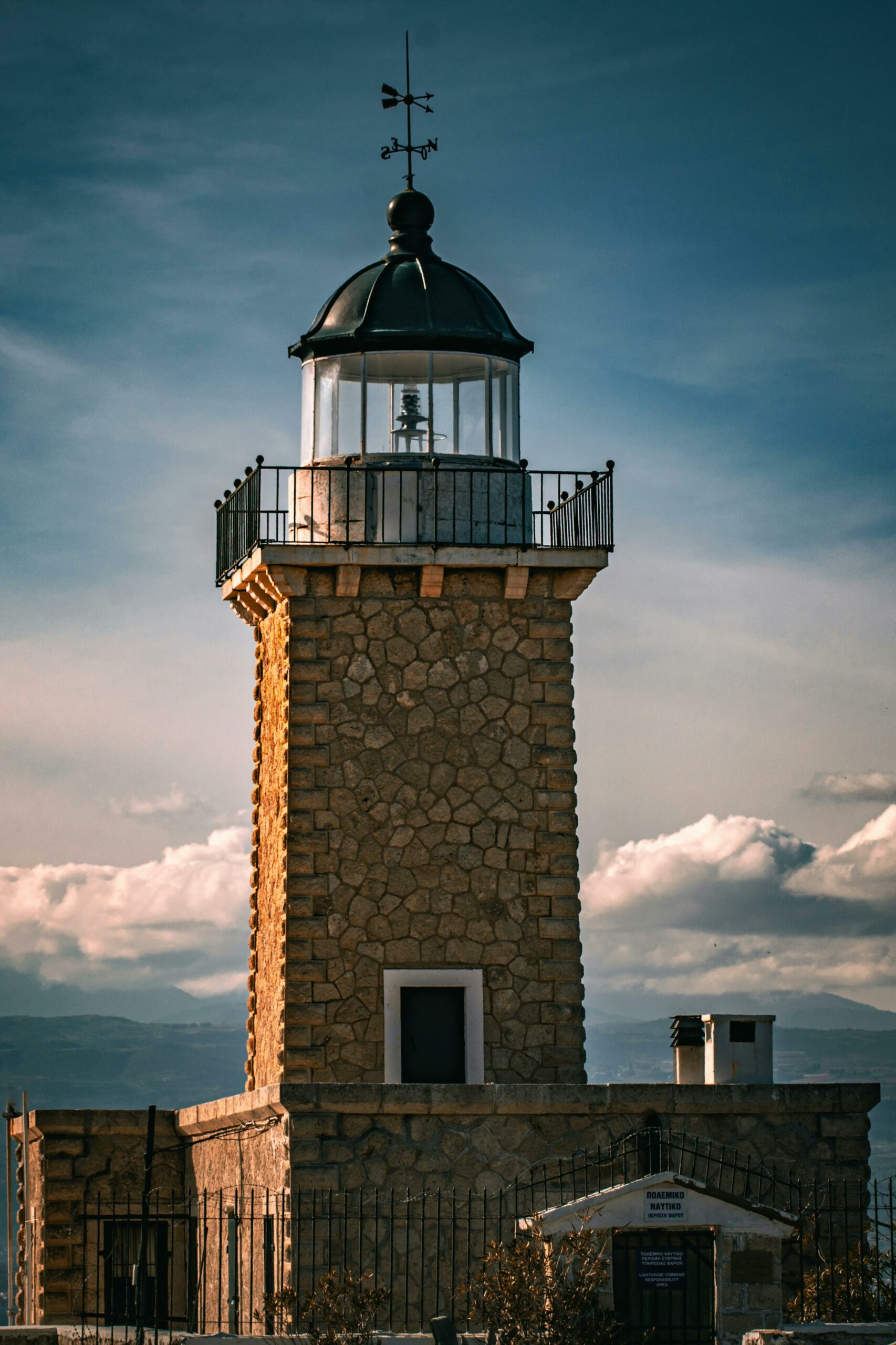
The design of a lighthouse was often influenced by its location and purpose. Coastal lighthouses were typically built to withstand harsh weather conditions, while harbor lighthouses were designed for visibility and ease of access for passing ships. These variations in design reflect the diverse engineering solutions developed over centuries to address the unique challenges posed by maritime navigation.
Role in Navigation. Guiding Ships and Preventing Wrecks
The primary role of a lighthouse is to serve as a visual guide for sailors, marking dangerous areas such as reefs, rocks, or shallow waters. Lighthouses were especially critical for ships navigating unfamiliar coasts during the night or in poor weather conditions. By providing a fixed point of reference, lighthouses allowed ships to safely navigate into harbors and avoid dangerous coastlines, thus preventing wrecks and loss of life.
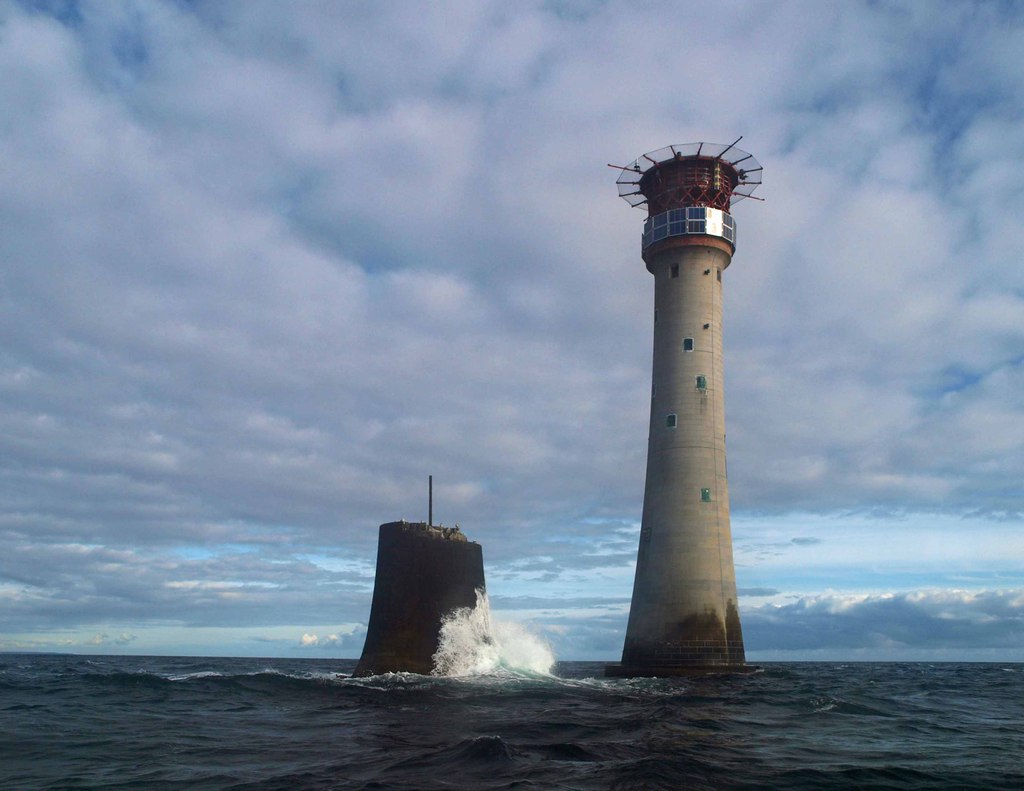

Life of Lighthouse Keepers
Daily Responsibilities and Challenges
Lighthouse keepers were responsible for maintaining the light source, ensuring the lens was clean, and monitoring the surrounding environment for any changes in weather or sea conditions. This required long hours of solitude, often in harsh and isolated conditions. Keepers would also be tasked with cleaning the lantern room, refueling the light, and sounding the foghorn in poor visibility. In some cases, they were required to perform rescue missions for stranded sailors.
Stories of Isolation and Heroism
The life of a lighthouse keeper was often lonely and isolating, with many keepers stationed on remote islands or cliffs. Some keepers, however, are remembered for their acts of heroism. One famous example is the story of the keepers of the Longstone Lighthouse in the Farne Islands (England), who rescued survivors from a shipwreck during a fierce storm in 1838. The keepers, including Grace Darling, became national heroes for their courage in the face of adversity.
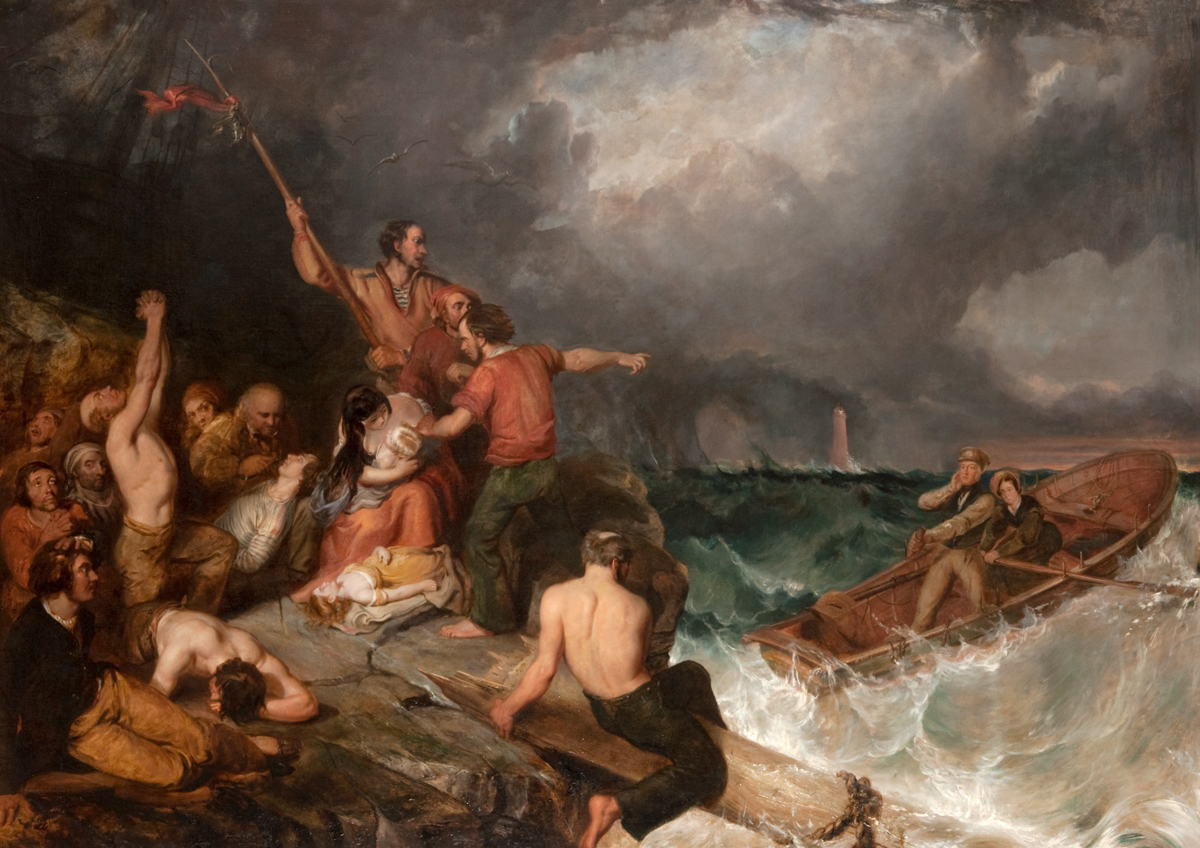
Decline of Lighthouses. The End of an Era
Impact of Modern Navigation Systems
With the advent of modern navigation systems such as radar, GPS, and satellite technology, the need for traditional lighthouses has significantly diminished. These systems provide real-time information to sailors and can guide vessels with much greater accuracy than visual beacons. As a result, many lighthouses were decommissioned or automated to reduce costs.

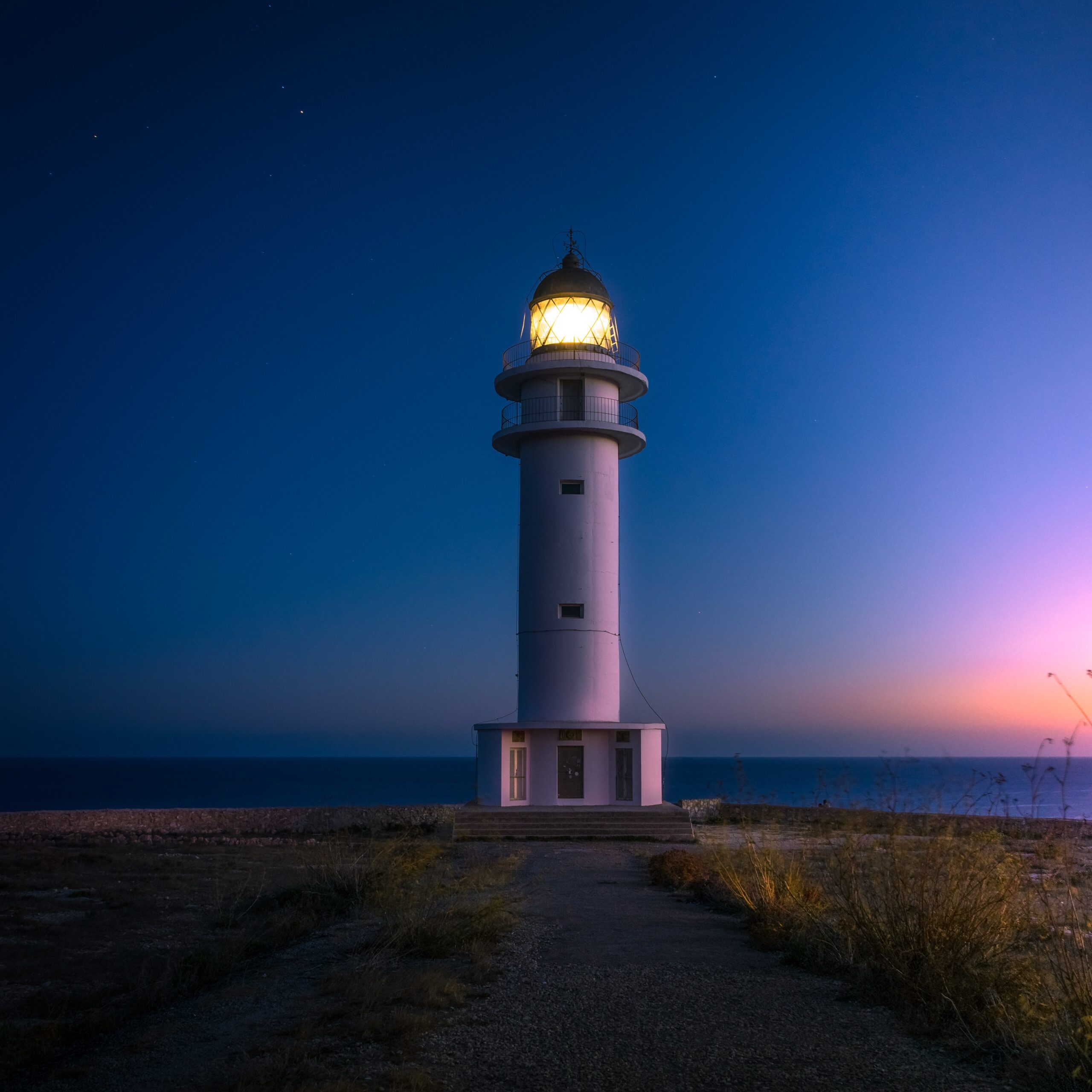
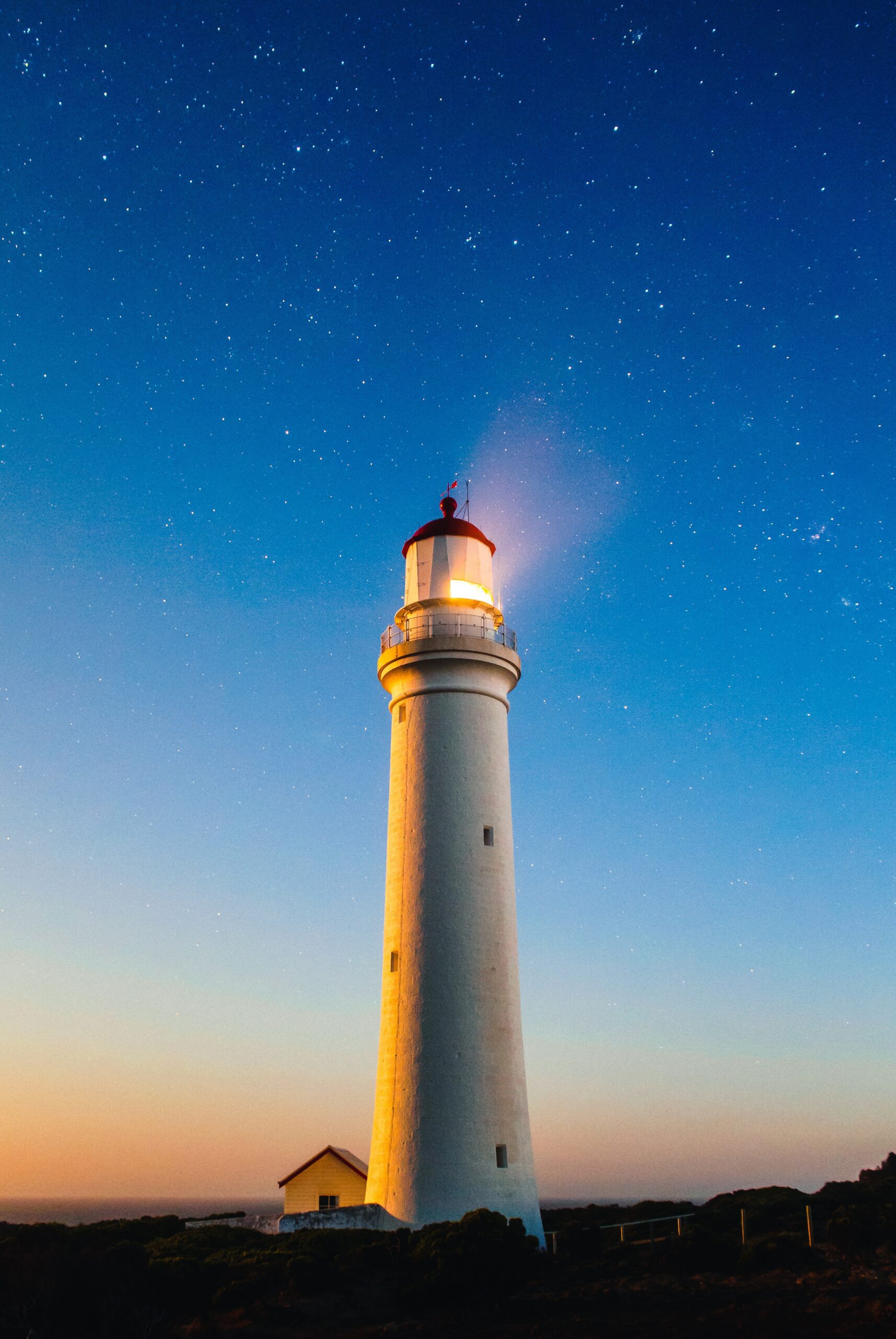
Decommissioning and Automation
With advances in technology, many lighthouses were automated by the mid-20th century. Automated systems allowed the lights to function without human intervention, reducing the need for lighthouse keepers. In some cases, lighthouses were decommissioned entirely as they became obsolete in the face of modern navigation aids. Some are still in use, but many stand abandoned, victims of progress. But even in their abandonment, lighthouses continue to hold value. They stand as monuments to a time when the sea was unpredictable, and life depended on the knowledge of the land and the stars. These beacons of hope were once the only thing separating sailors from the dangers of the sea, and in some places, they still serve as reminders of the past.
When I visited the Grosse Point Lighthouse in Evanston, there was a palpable sense of reverence in the air, a reminder of the vital role these structures have played in maritime history. It’s as if the lighthouse is still quietly holding onto its history, waiting for the next person to come and listen to the whispers it holds. Many lighthouses have been turned into museums or are part of national parks, offering a glimpse into the past for those who take the time to visit. Some have been preserved to such an extent that you can climb to the top and look out over the same view that the keepers once saw. Some lighthouses offer even overnight stays, allowing visitors to experience life as a keeper. These experiences provide a unique way to learn about the history and function of lighthouses while enjoying spectacular coastal views.
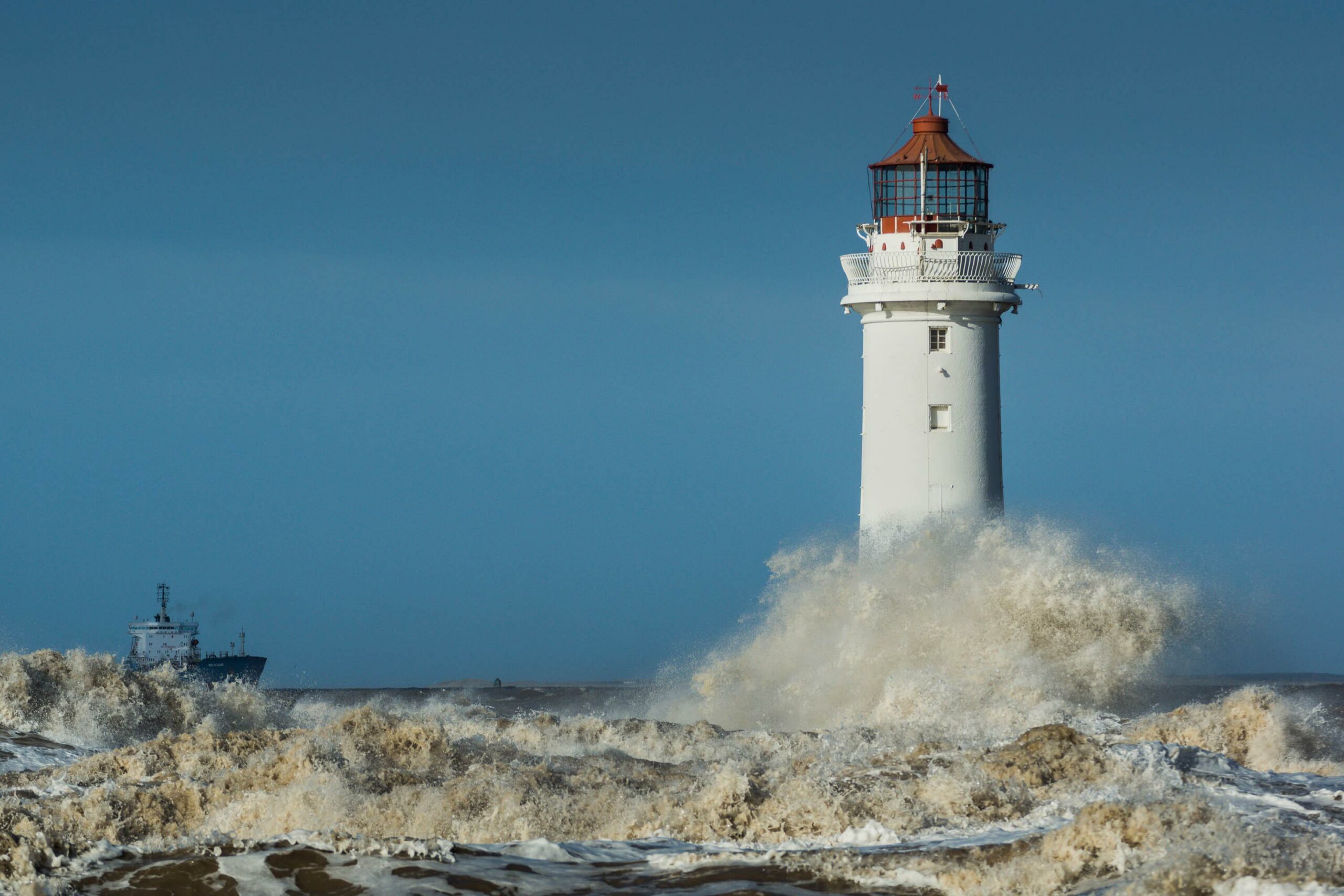

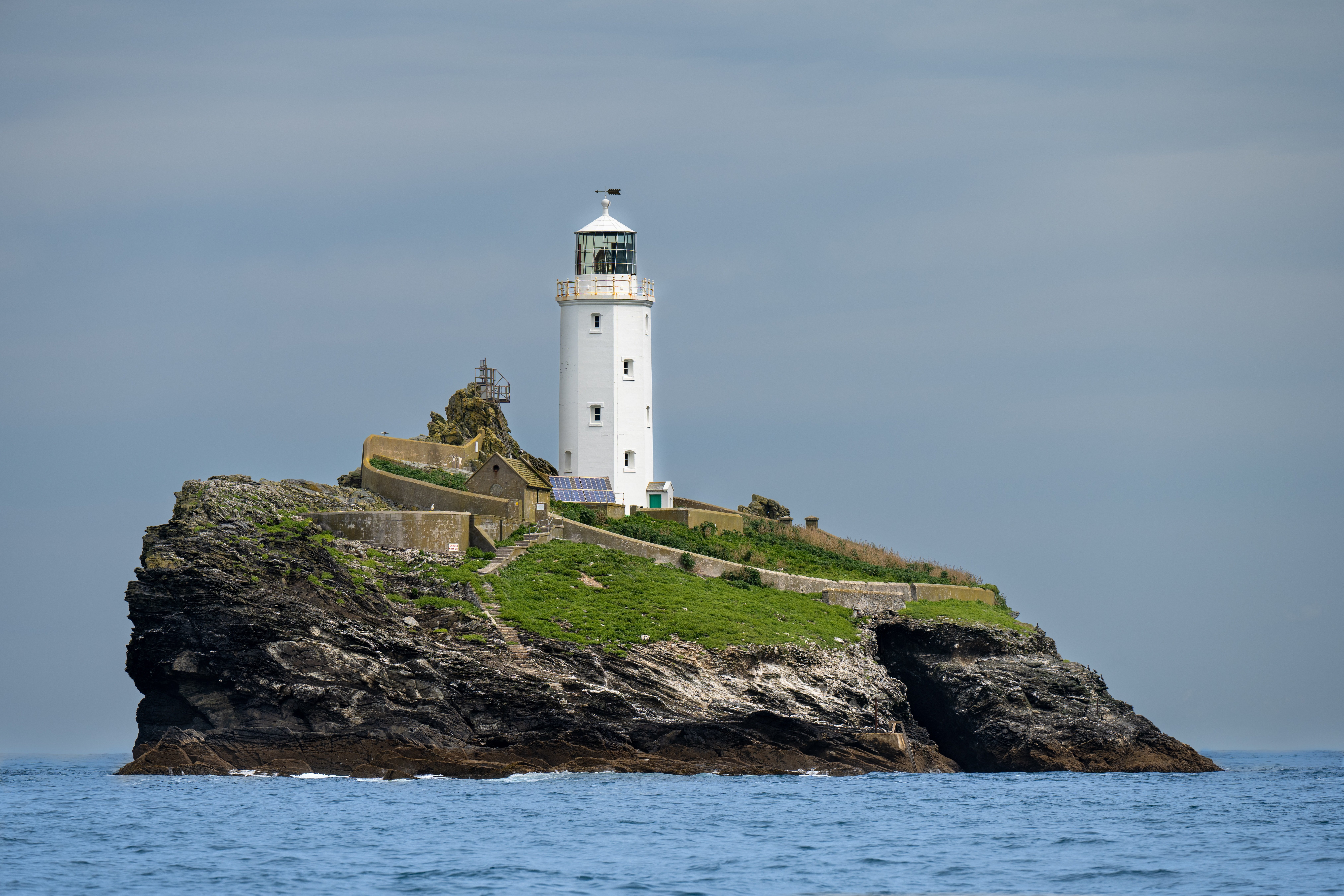
Significance in Maritime Heritage and Culture
Lighthouses hold a special place in maritime culture, often symbolizing safety, guidance, and resilience. Their distinct appearance and historical significance make them powerful cultural symbols, frequently appearing in literature, art, and folklore.
Symbolism of Lighthouses
Lighthouses are often depicted in art, literature, and popular culture as symbols of hope, safety, and resilience. They represent the light at the end of the tunnel, offering guidance in times of darkness. Their steadfast presence in the face of adversity has made them enduring symbols of strength and protection.
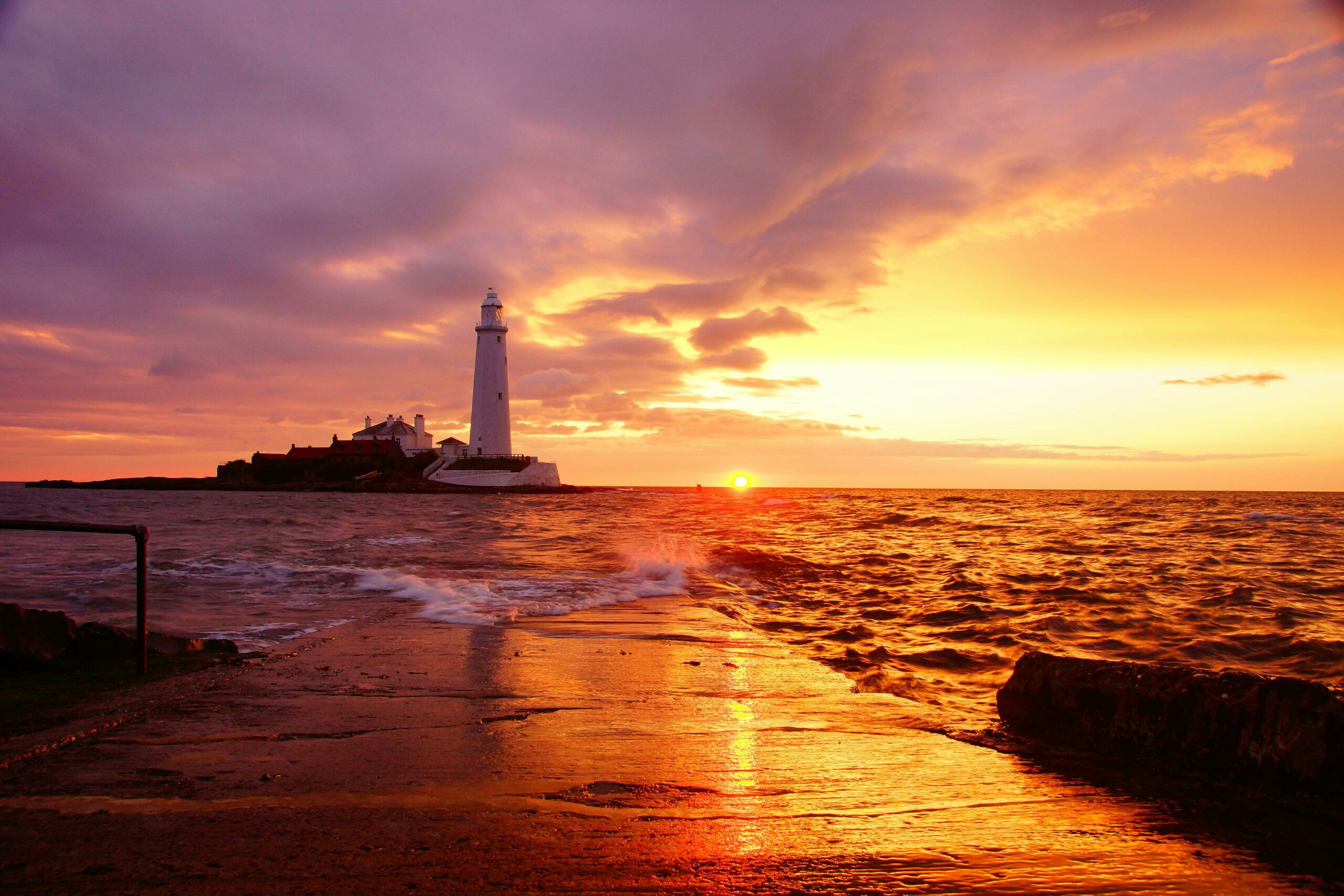
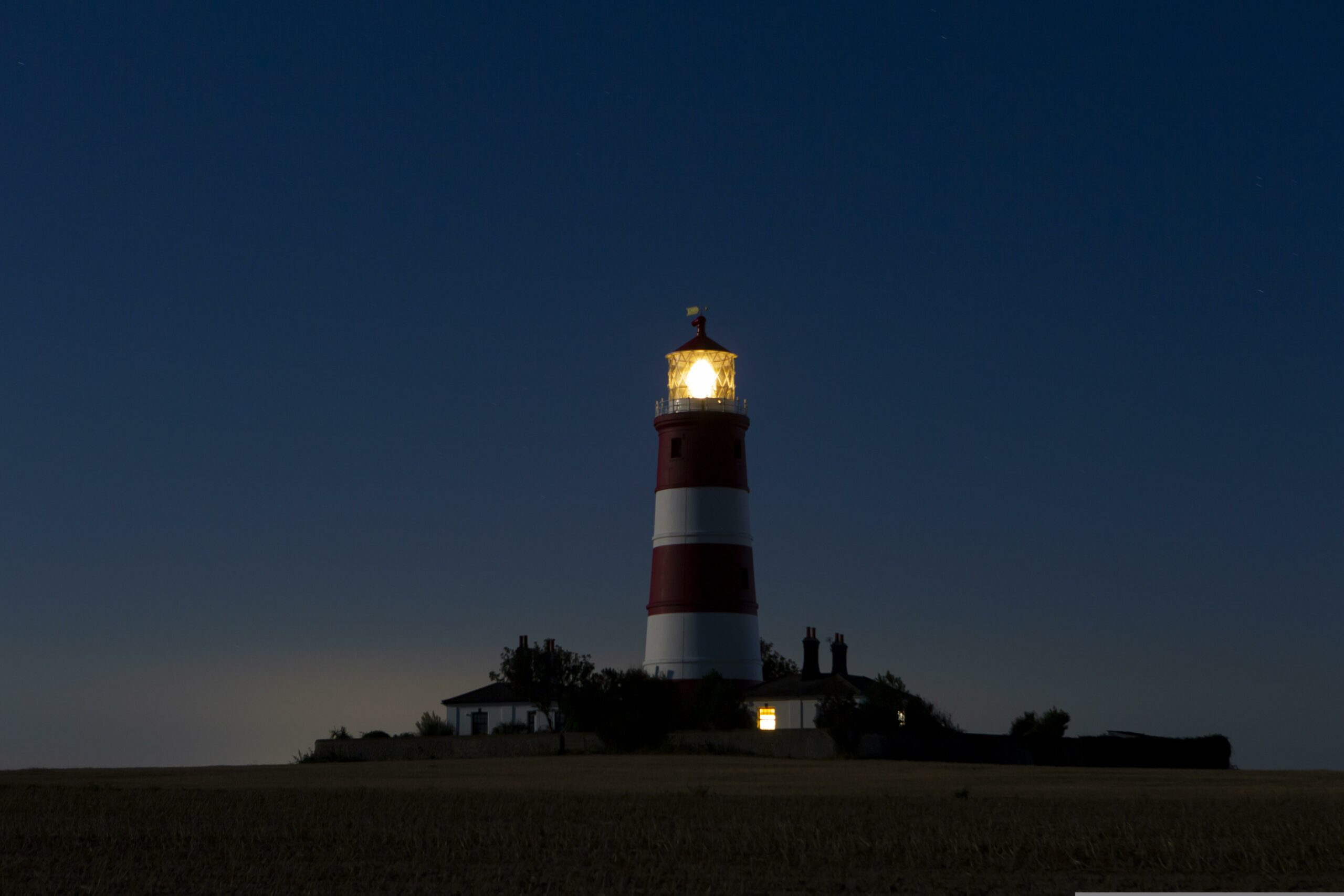
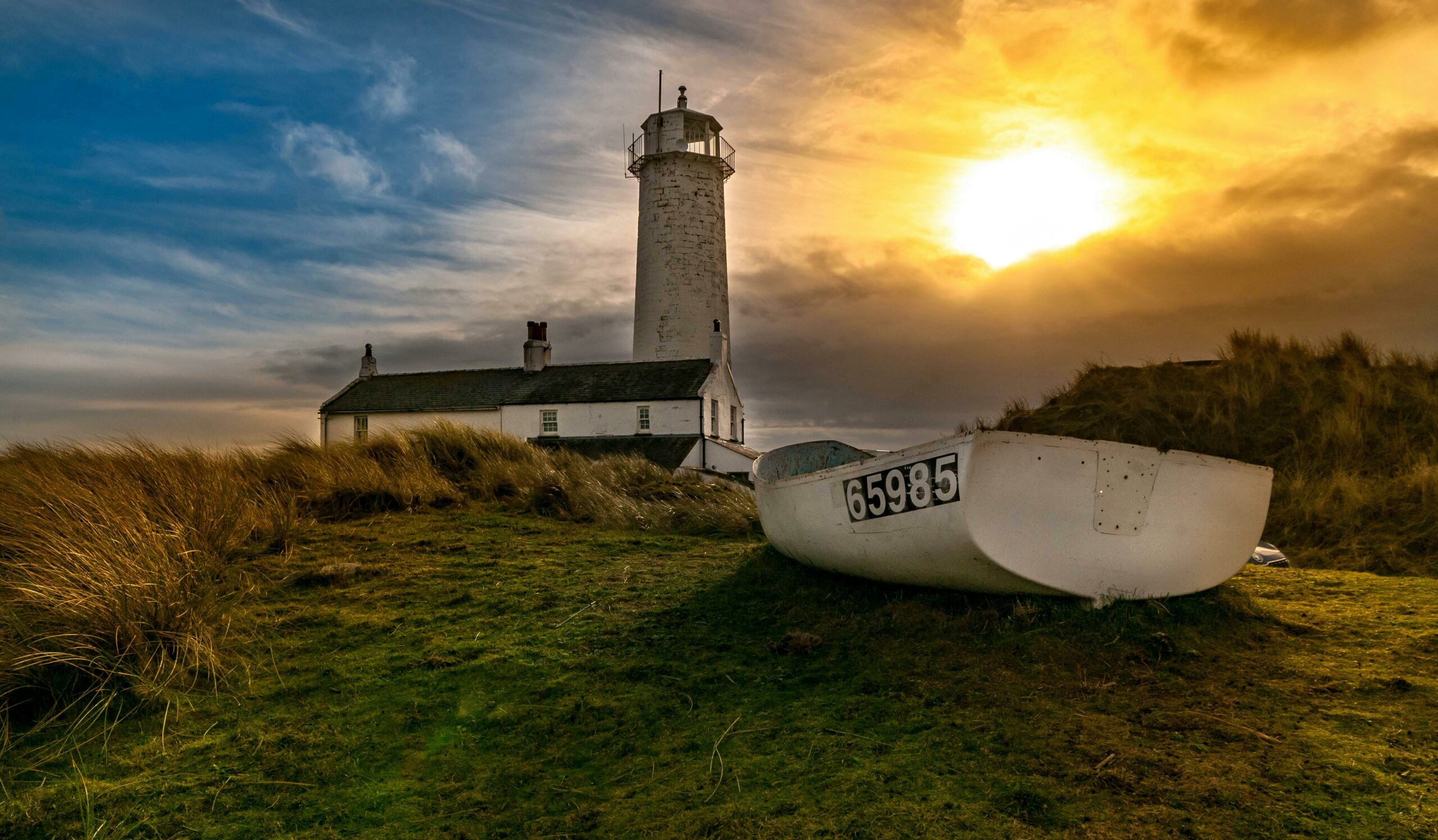
Lighthouses in Movies, Books, and Popular Culture
Lighthouses have featured prominently in movies, books, and television shows, often symbolizing isolation, danger, or hope. Lighthouses have served as enduring symbols in literature and art, reflecting themes of guidance, resilience, and solitude. Virginia Woolf’s To the Lighthouse expands on the human condition, using the lighthouse as a metaphor for time and aspiration. In poetry, lighthouses often stand as beacons of hope and introspection. Beyond literature, they appear in paintings, songs, and cultural traditions, symbolizing humanity’s enduring connection to the sea and the challenges of navigation.
A Beacon for the Future
Lighthouses may not hold the same importance in modern navigation as they once did, but their legacy is still alive. They have become symbols of resilience, guiding us not through stormy seas, but through the challenges of modern life. The quiet strength of these towers reminds us of what is worth preserving, treasures that carry the stories of the past and illuminate the future.
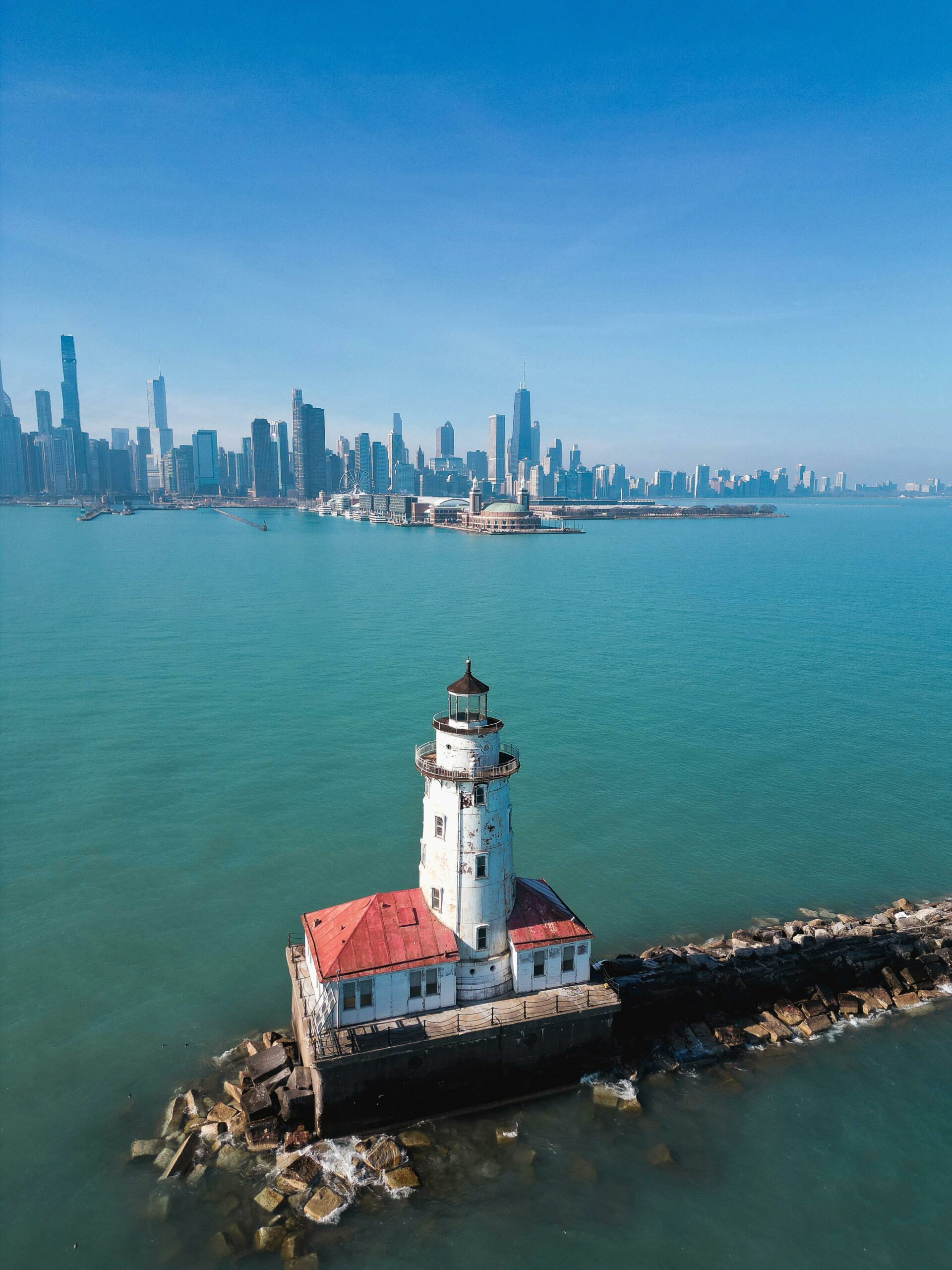
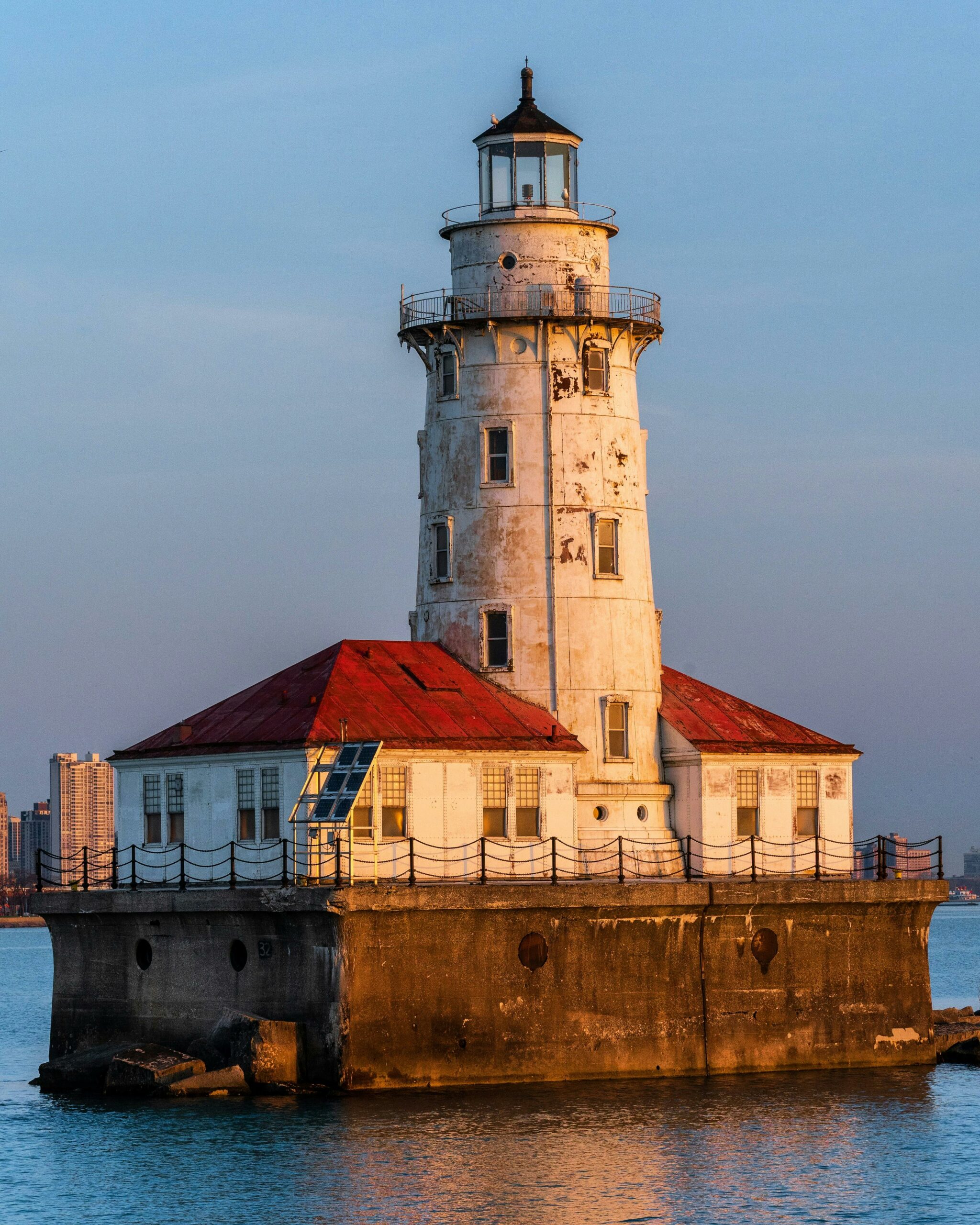
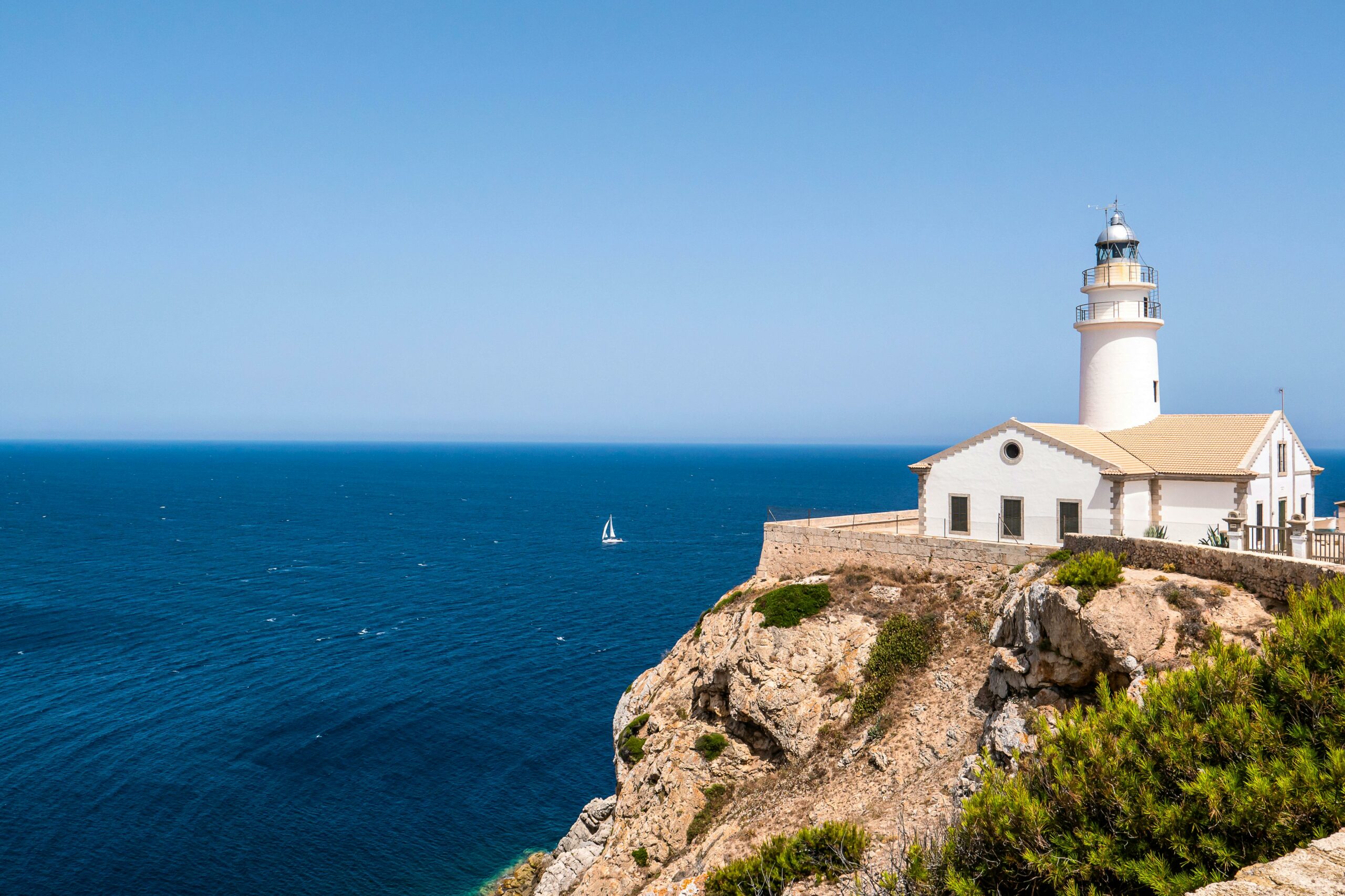
I find myself drawn back to the lighthouse time and again, standing at the water’s edge, listening to the wind, and imagining the lives that once revolved around this solitary beacon. It’s as if the lighthouse is whispering its story to those willing to listen—telling us of a time when it was the last hope for sailors navigating the vast, dark ocean, and reminding us that, no matter how much the world changes, some things—like a guiding light—remain eternal. Happy Sailing!

